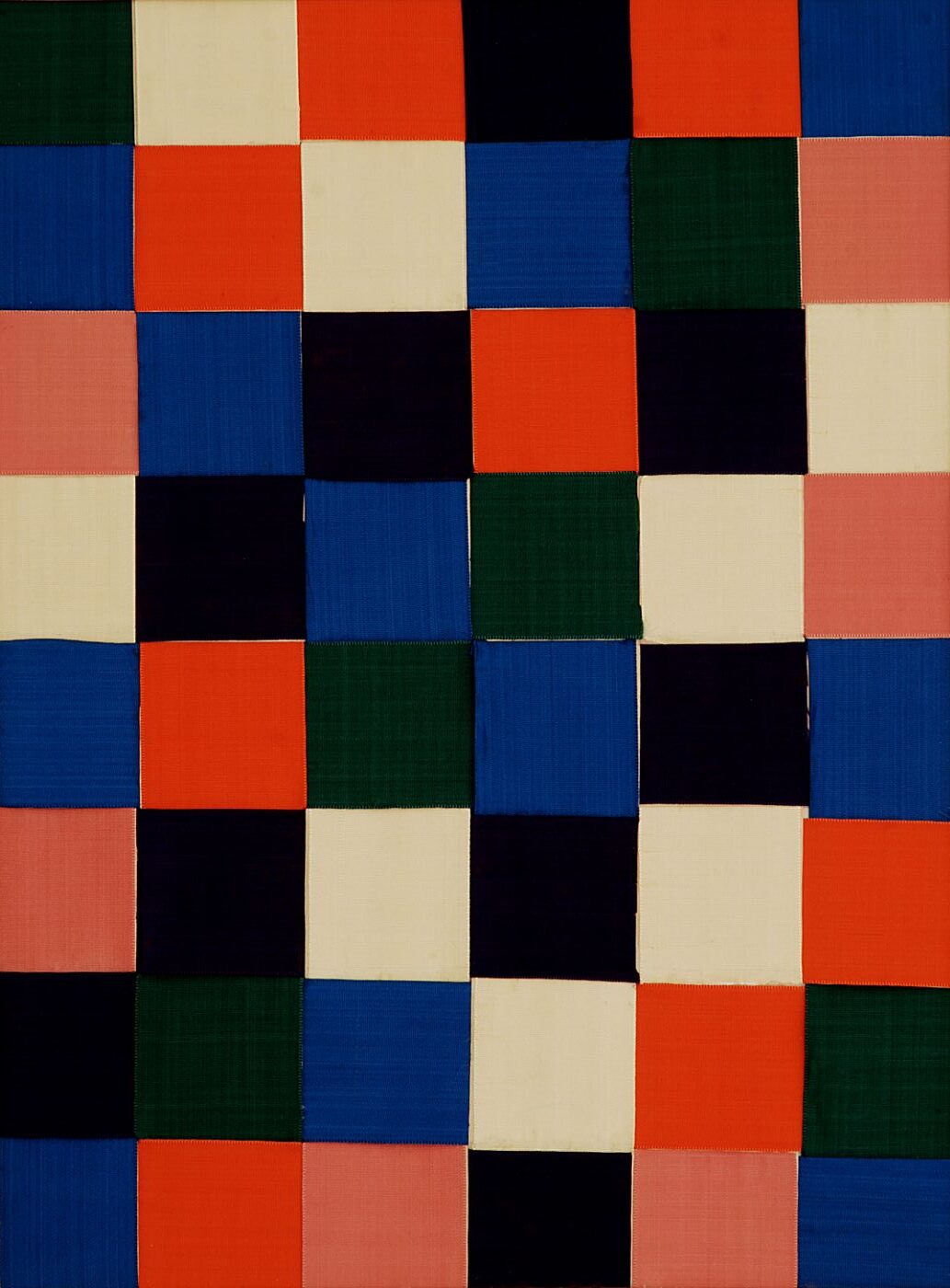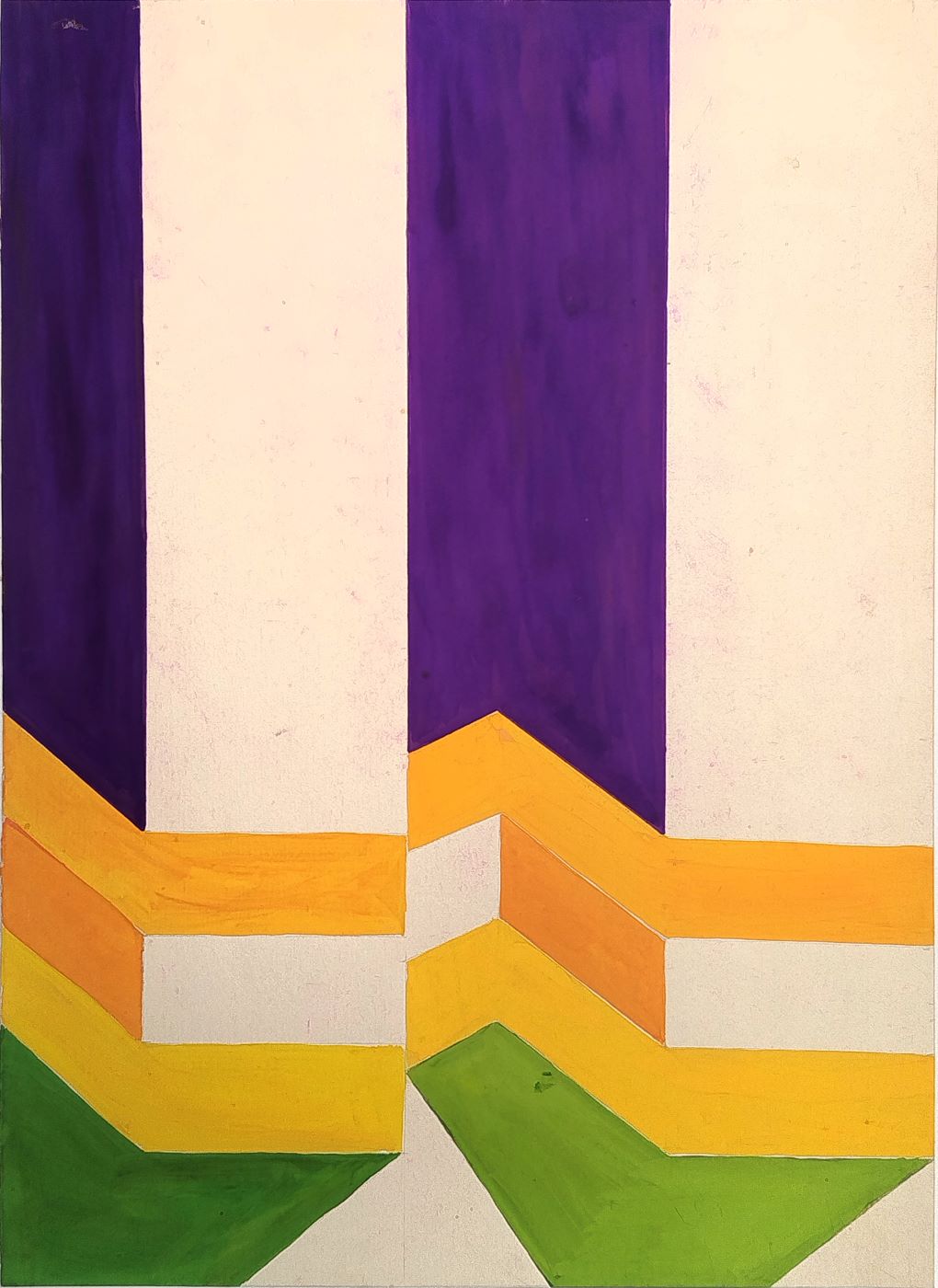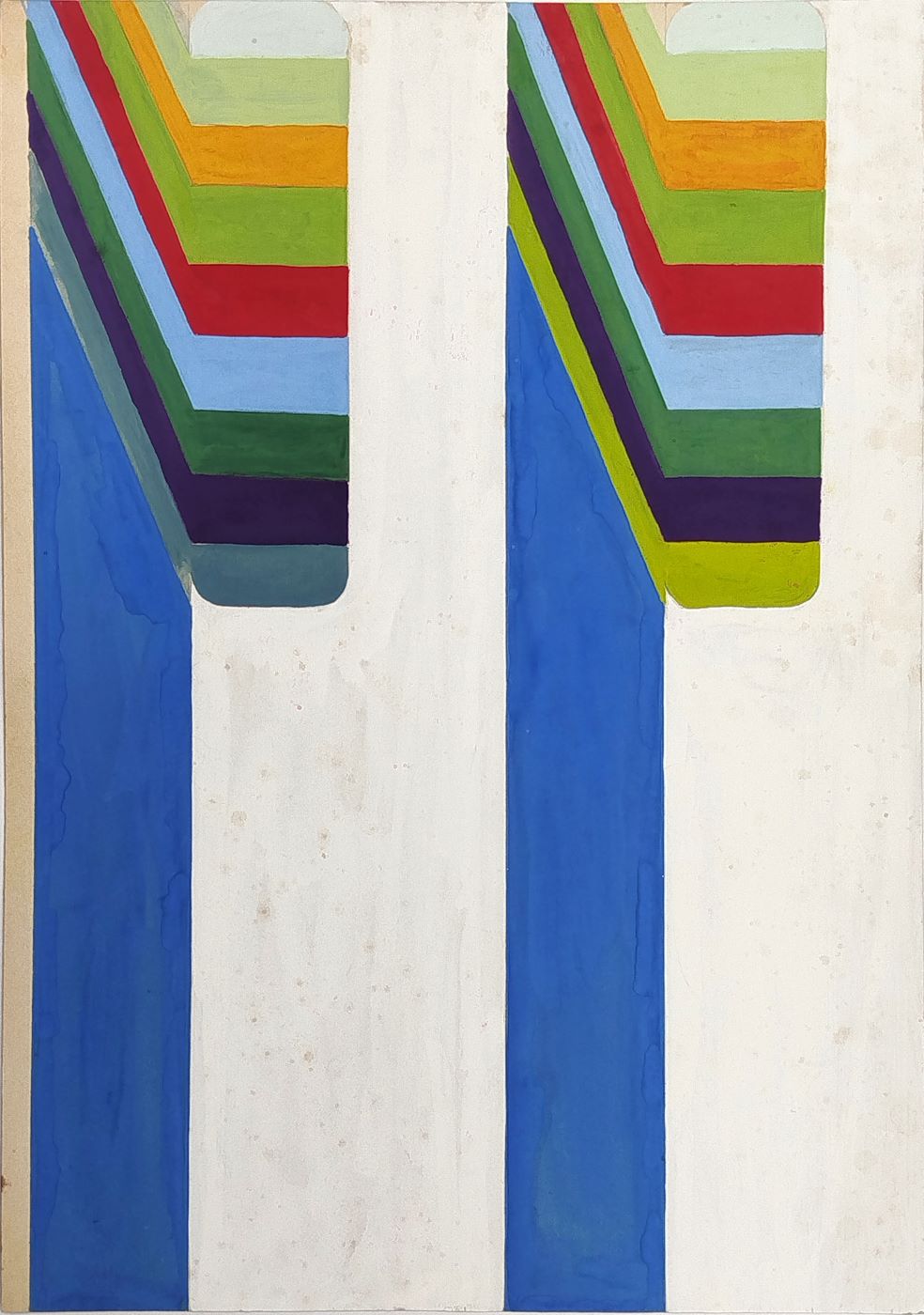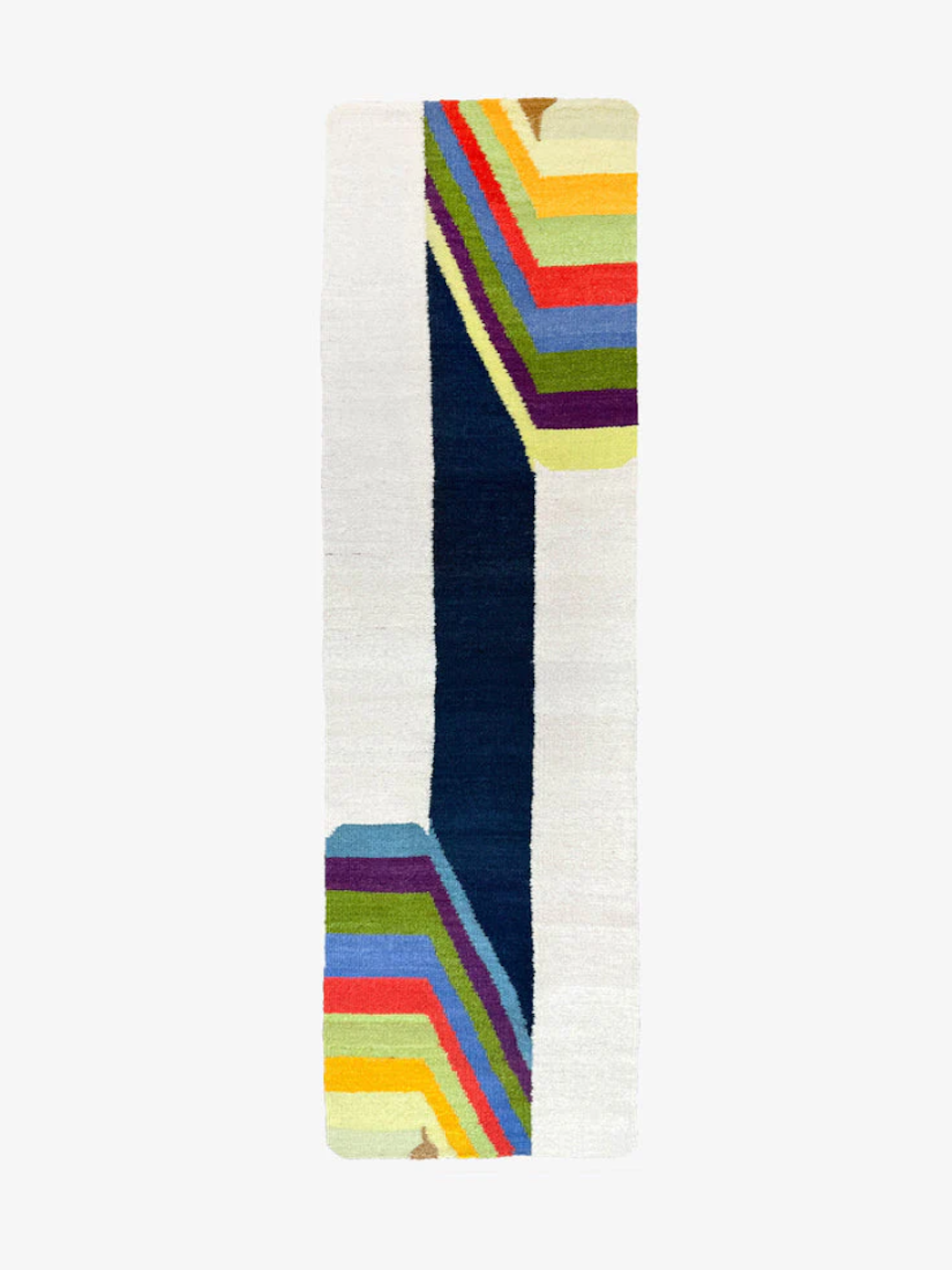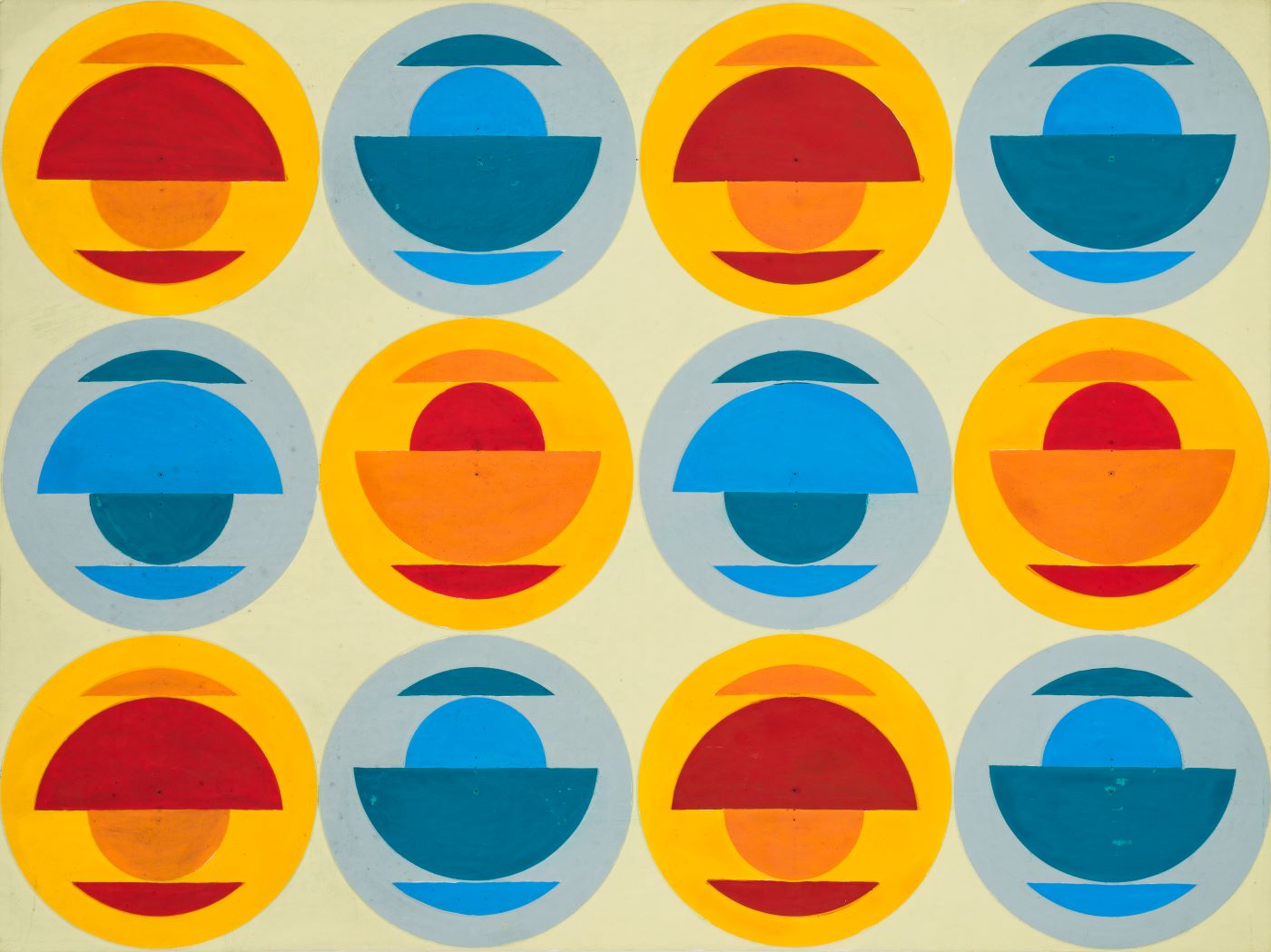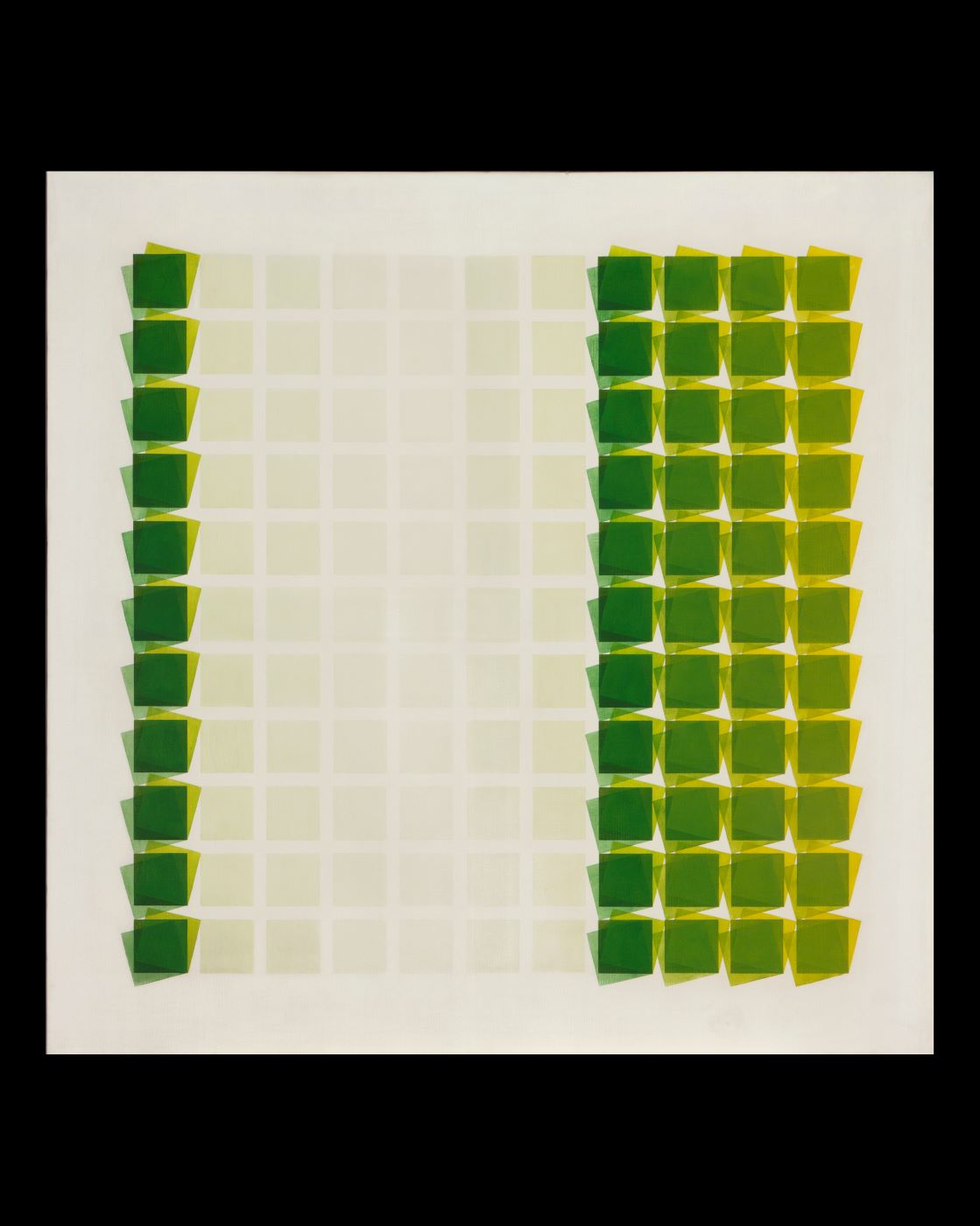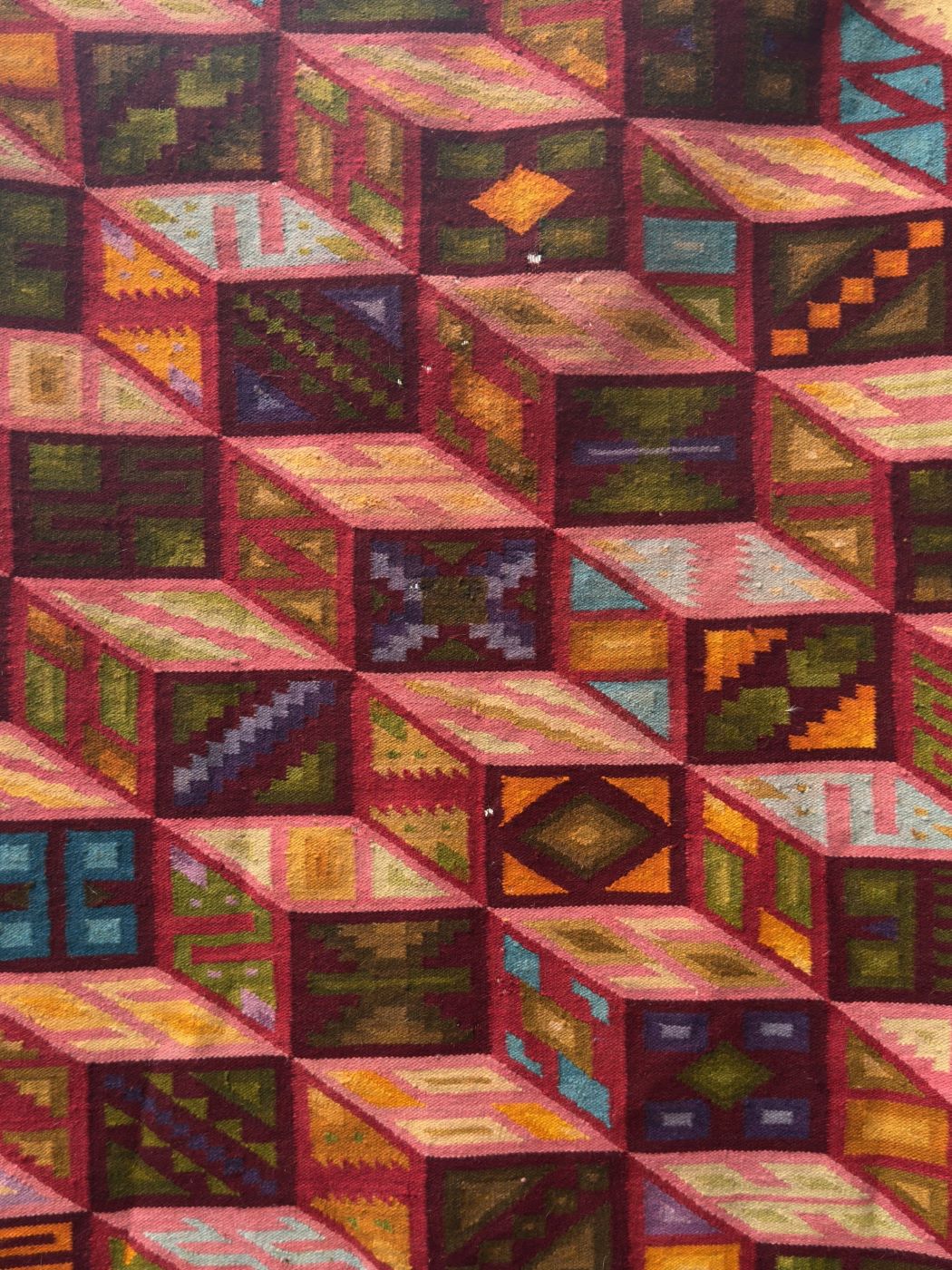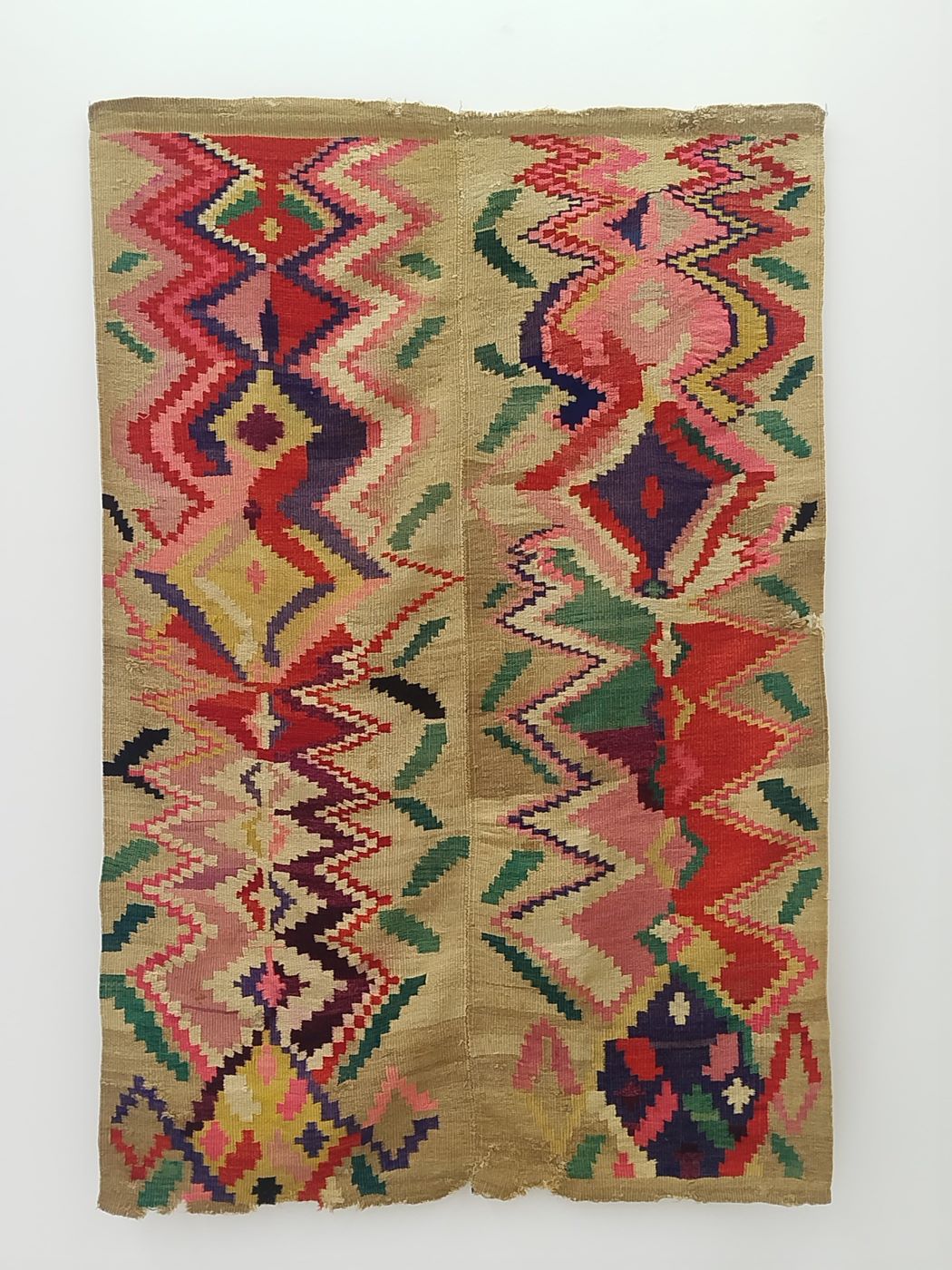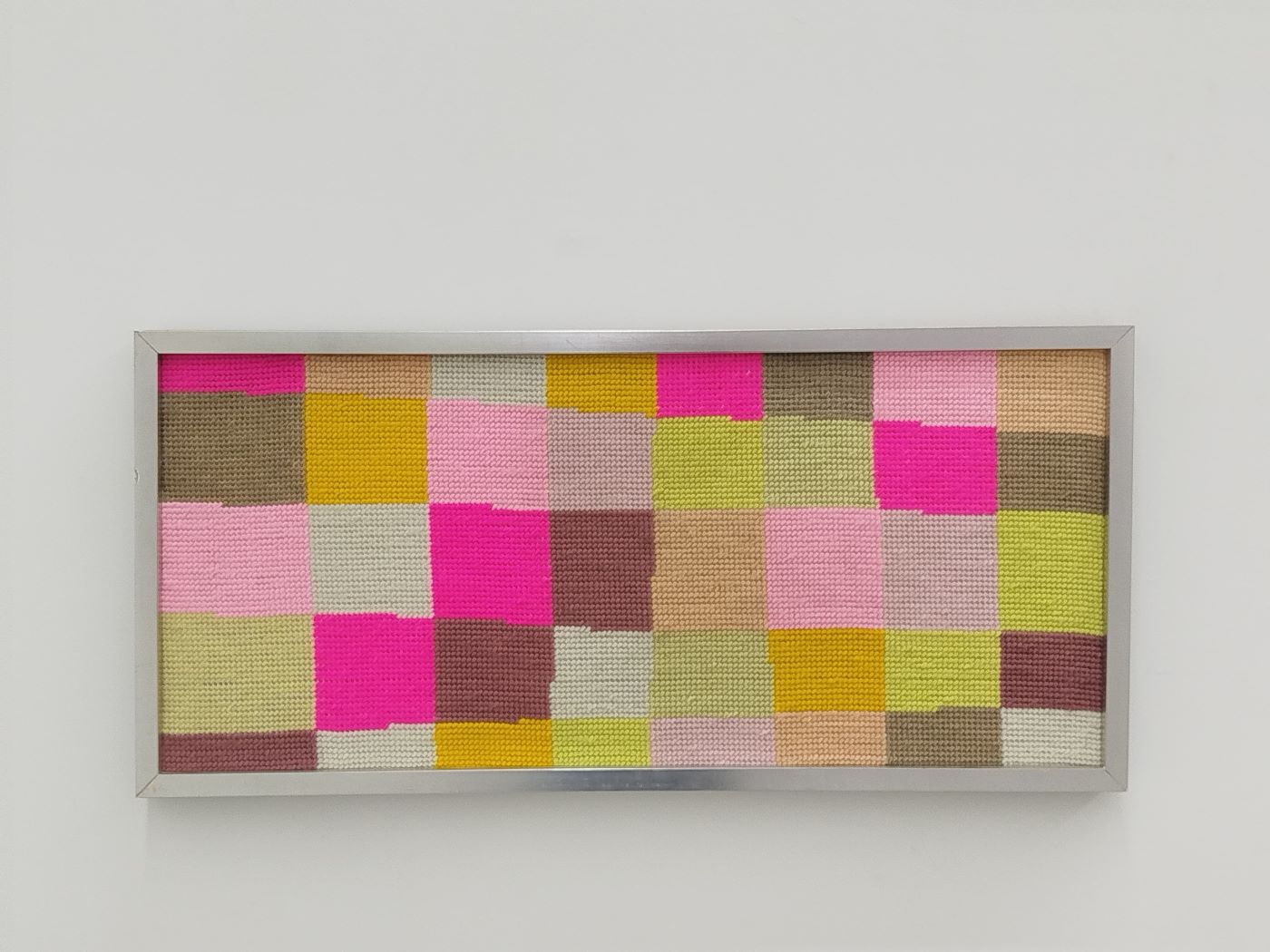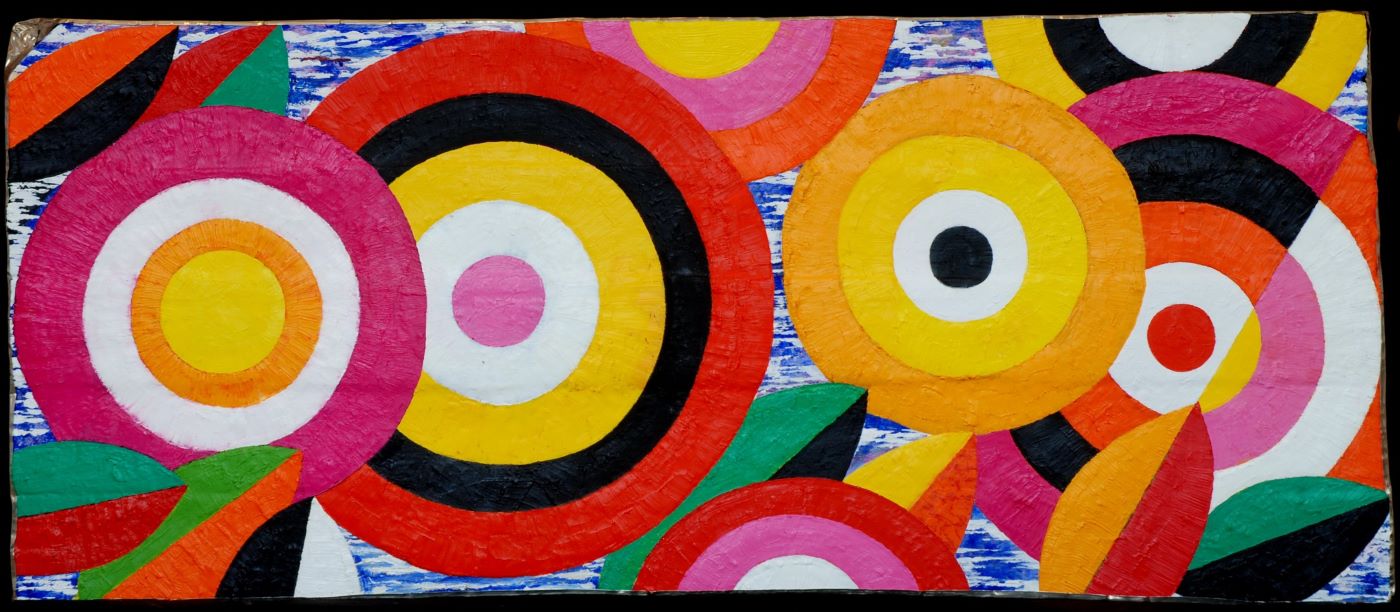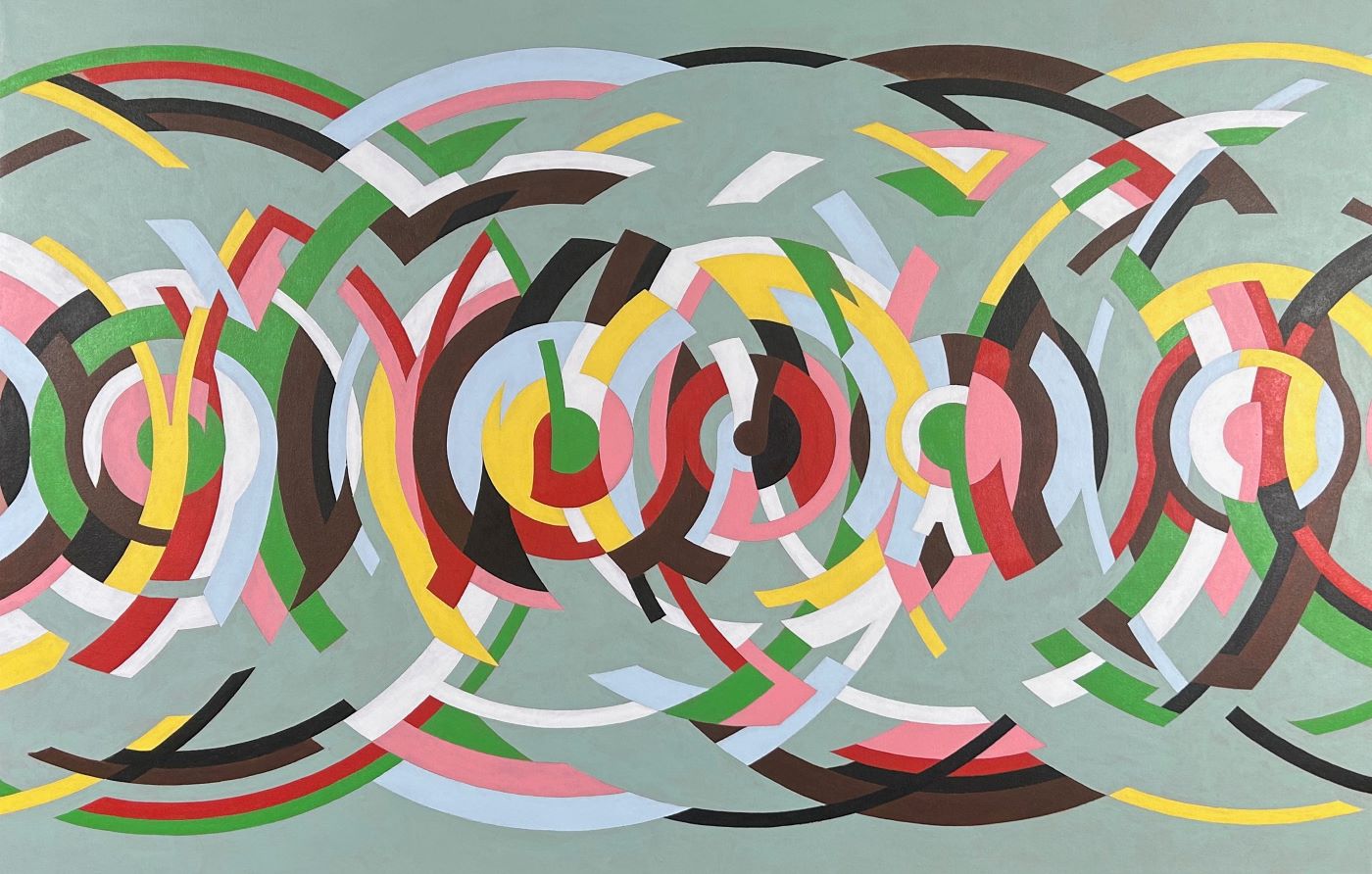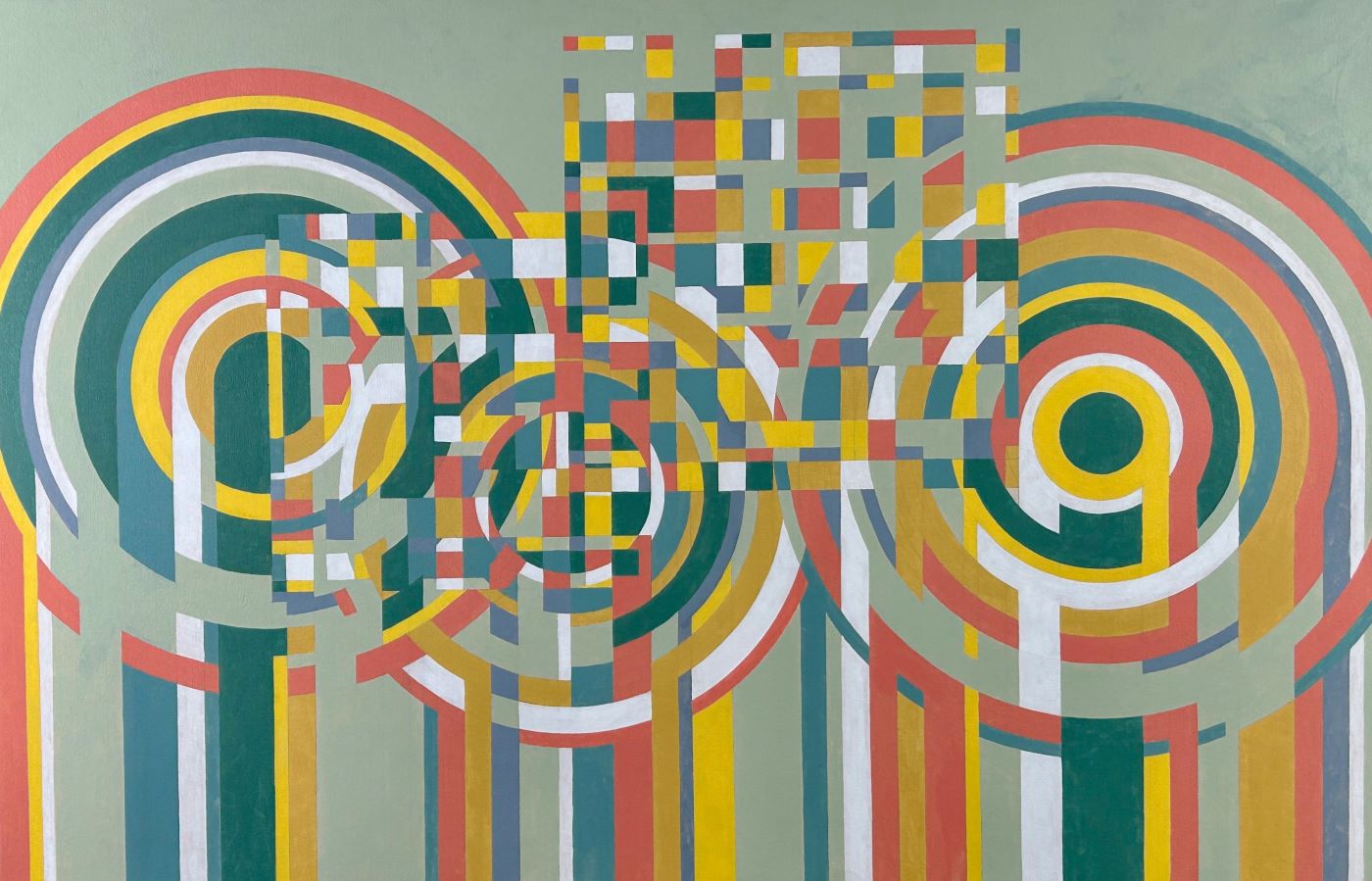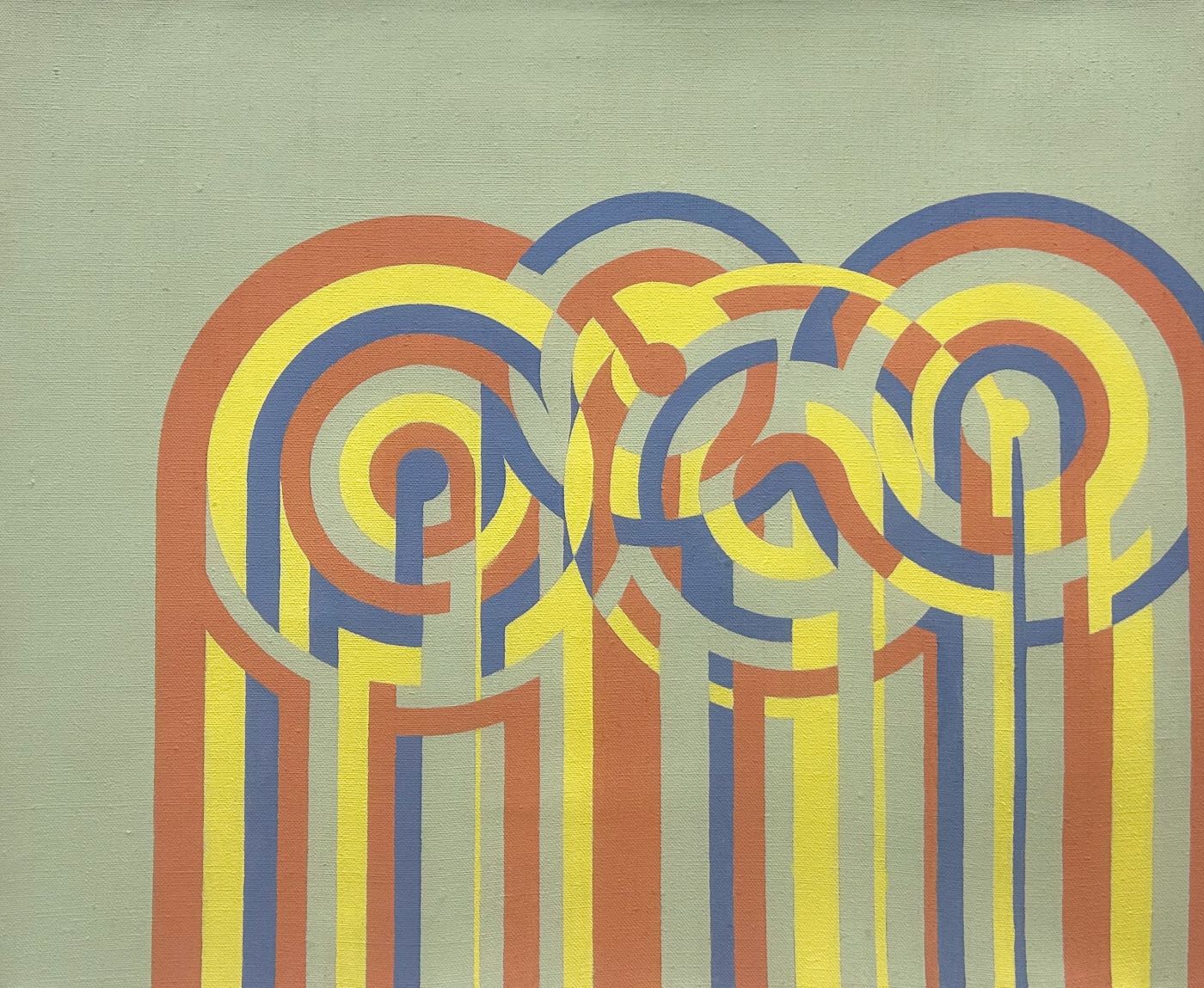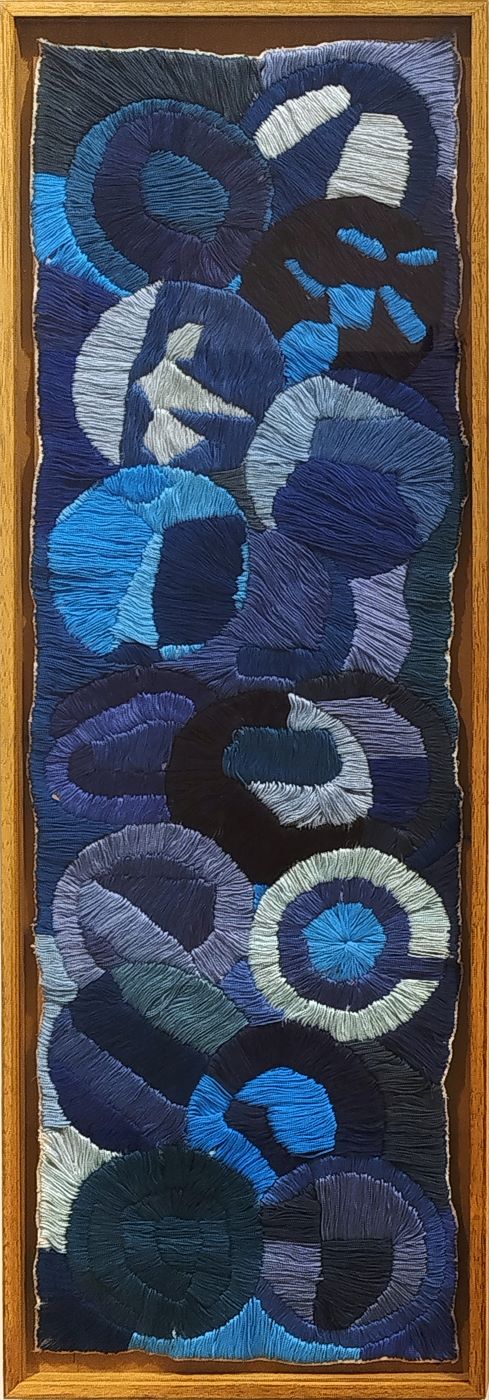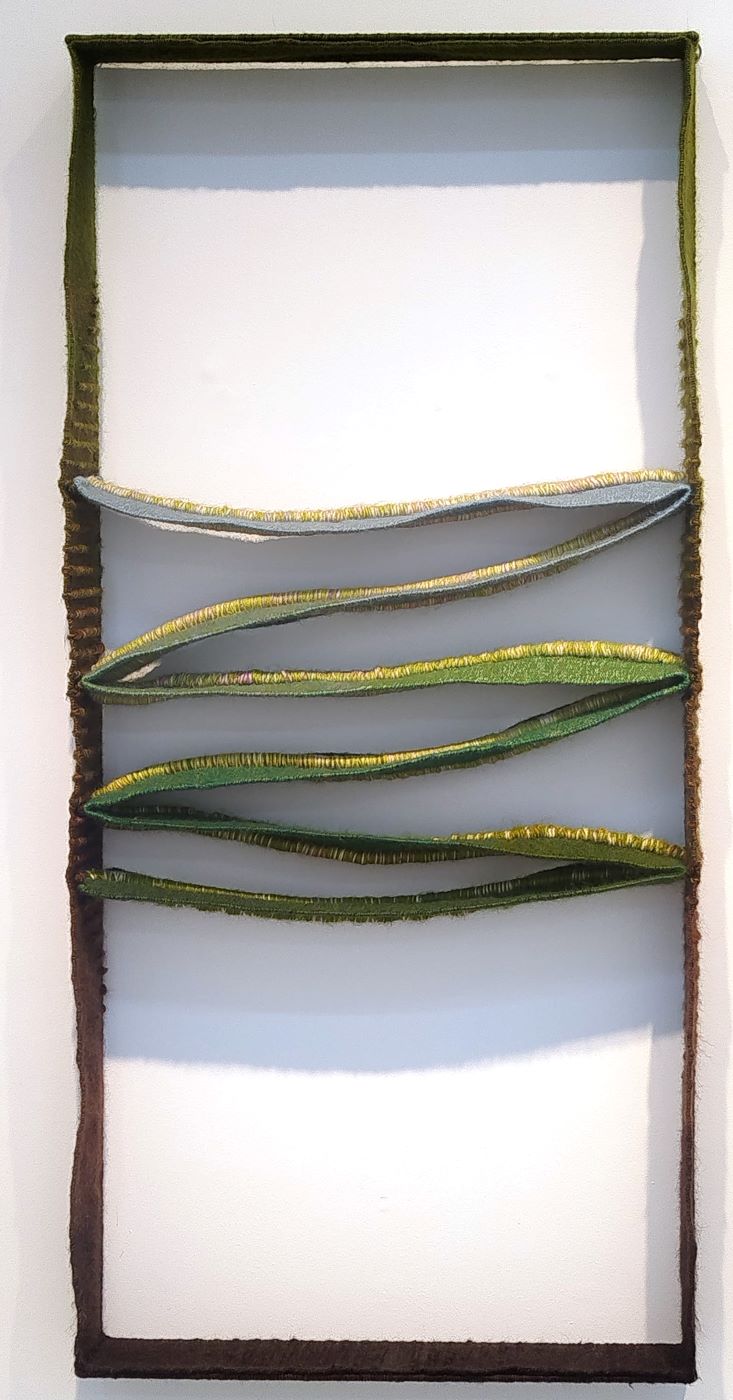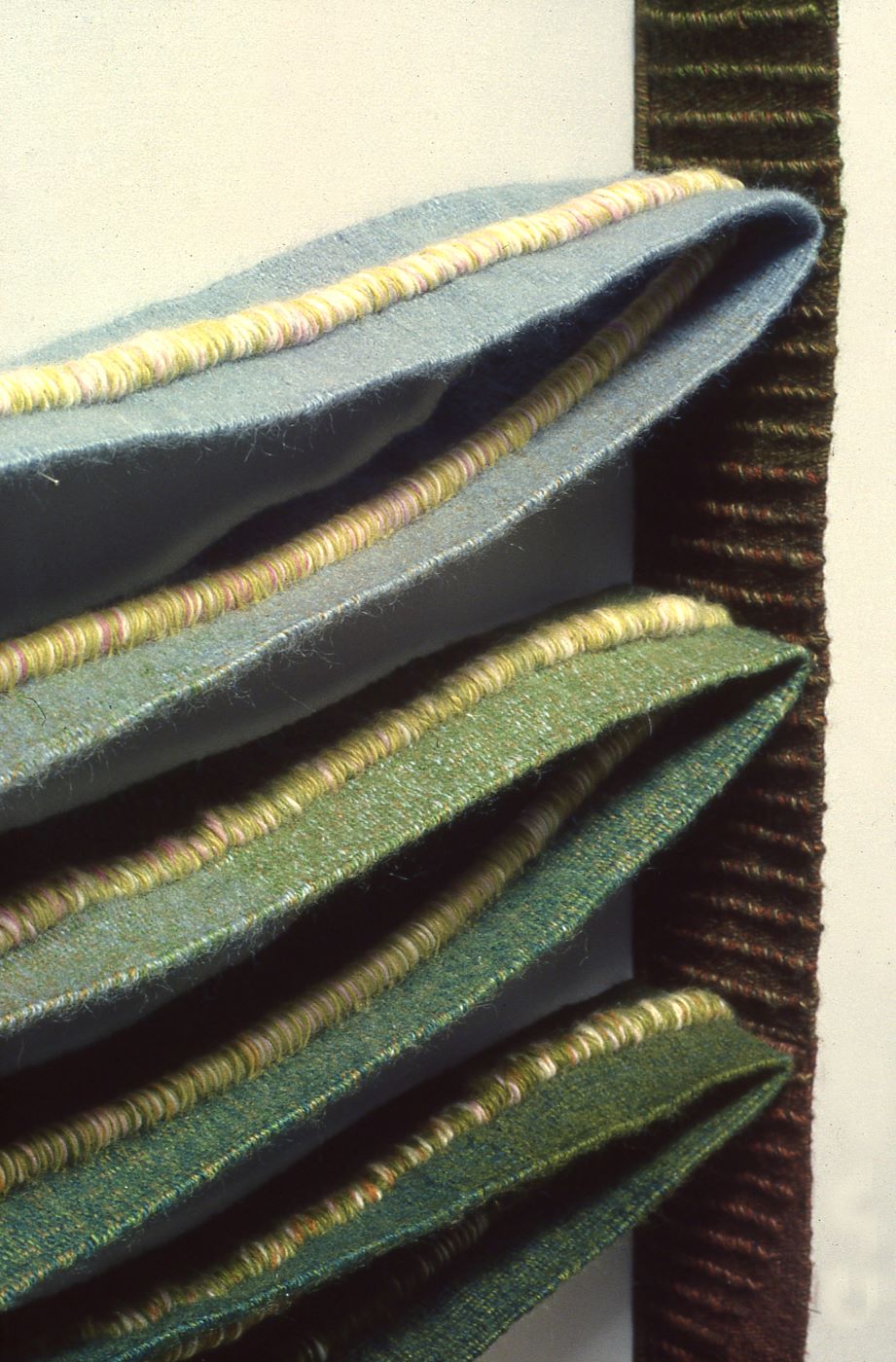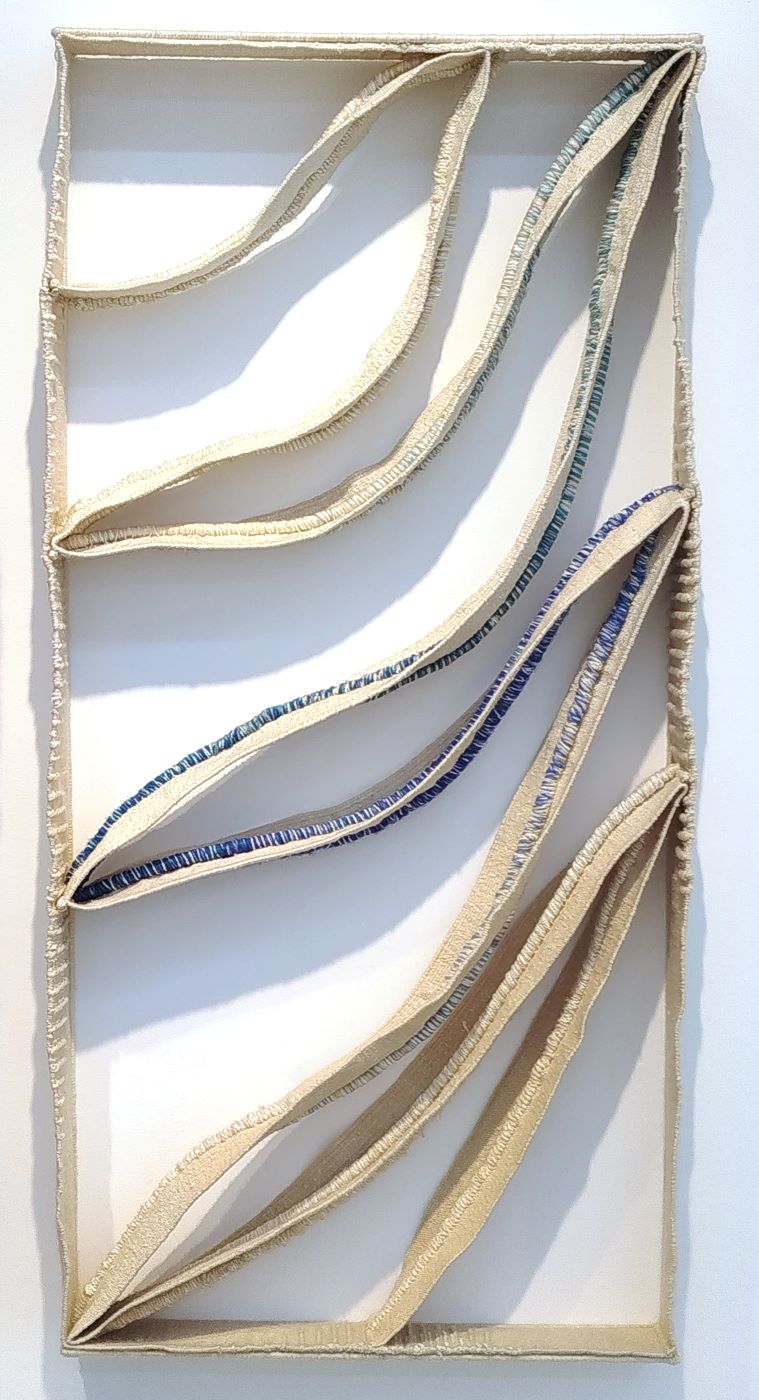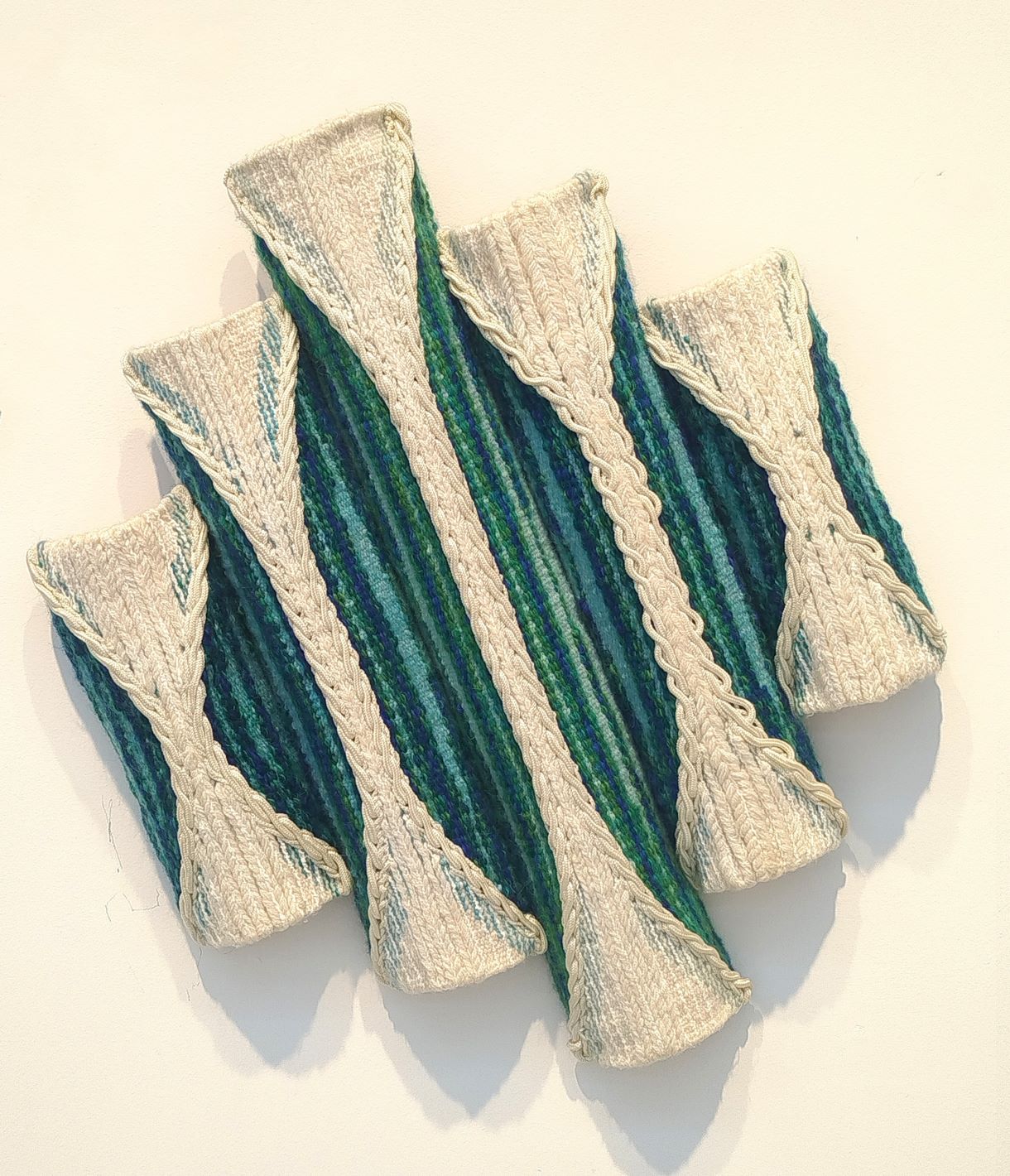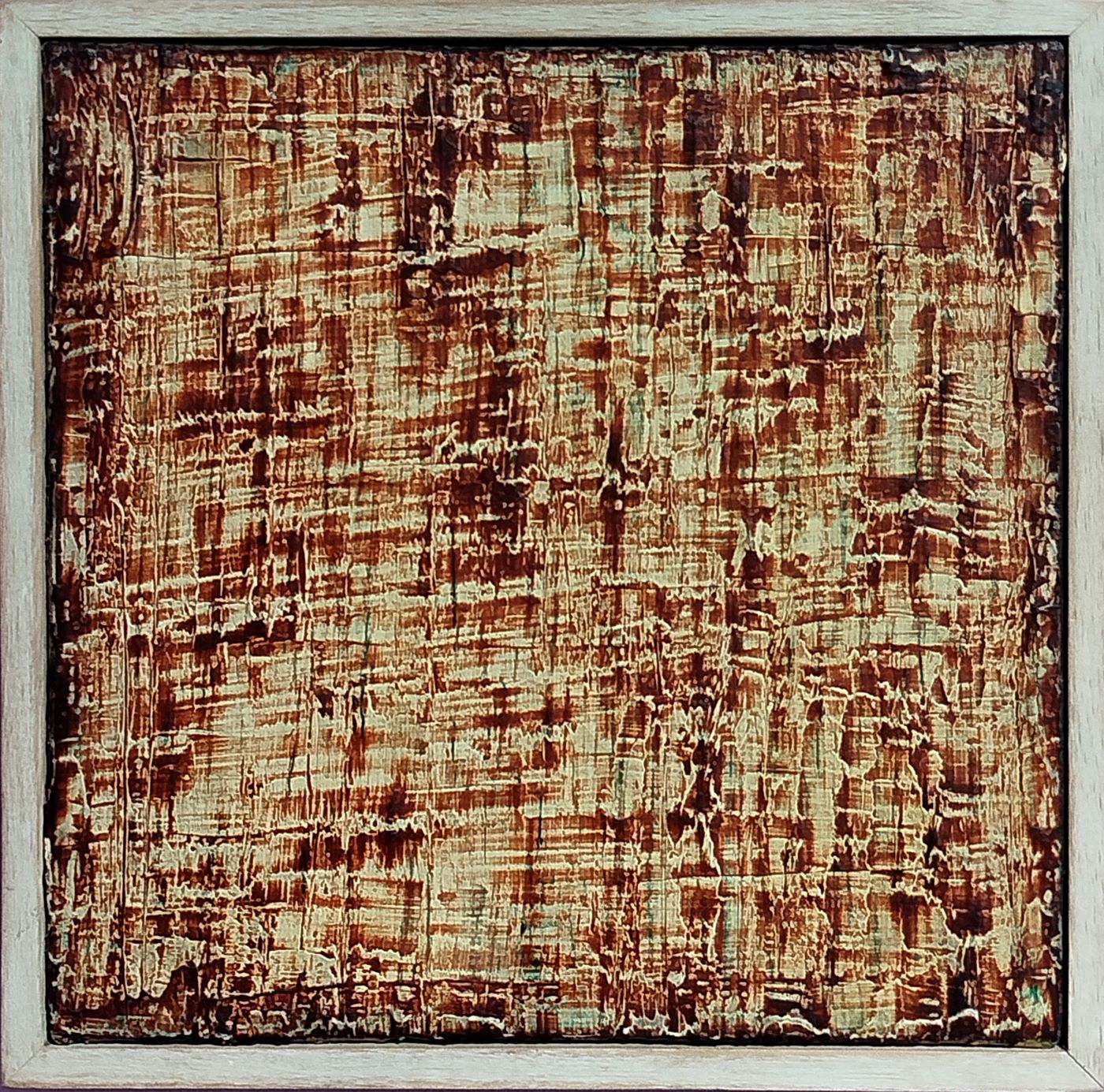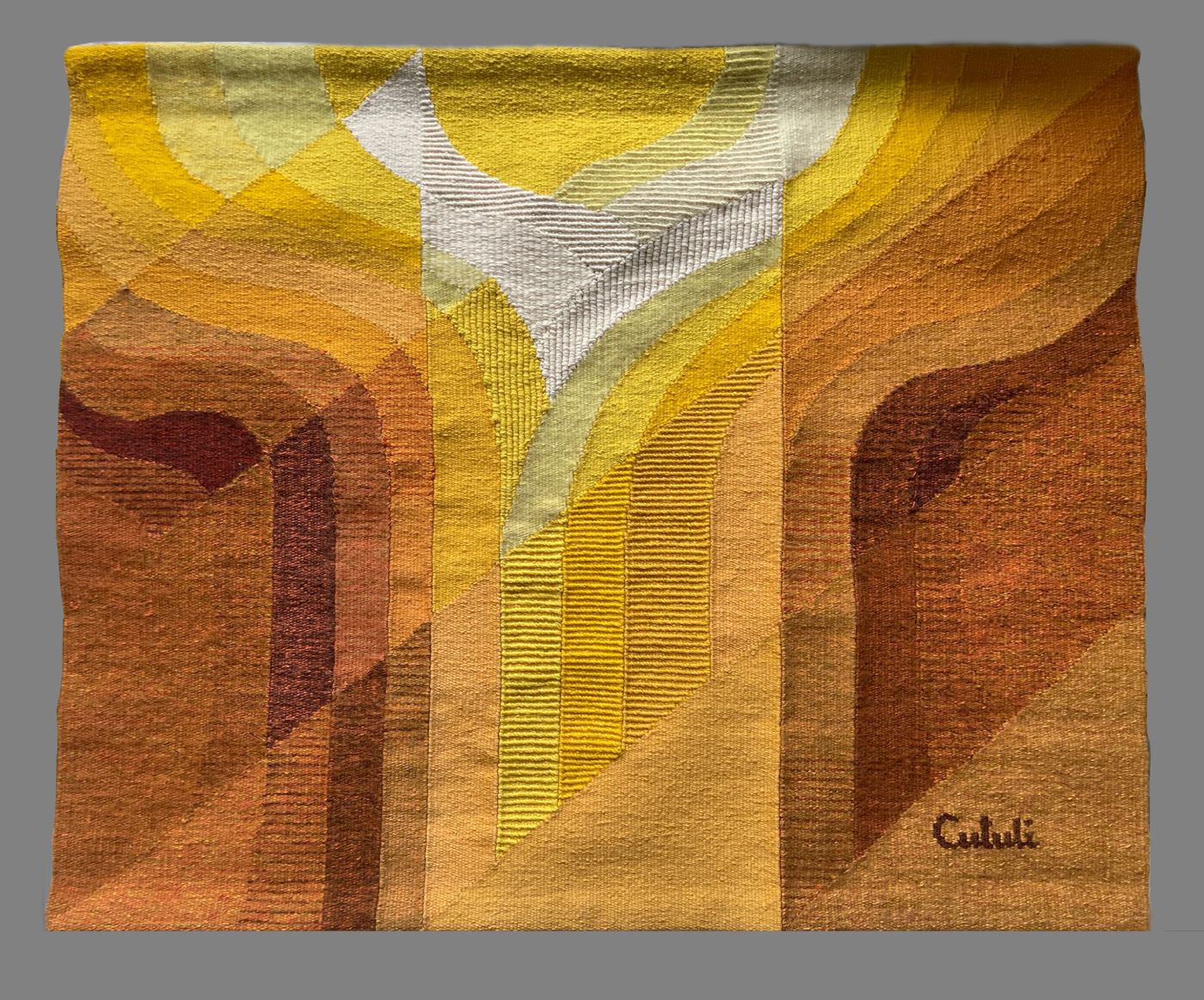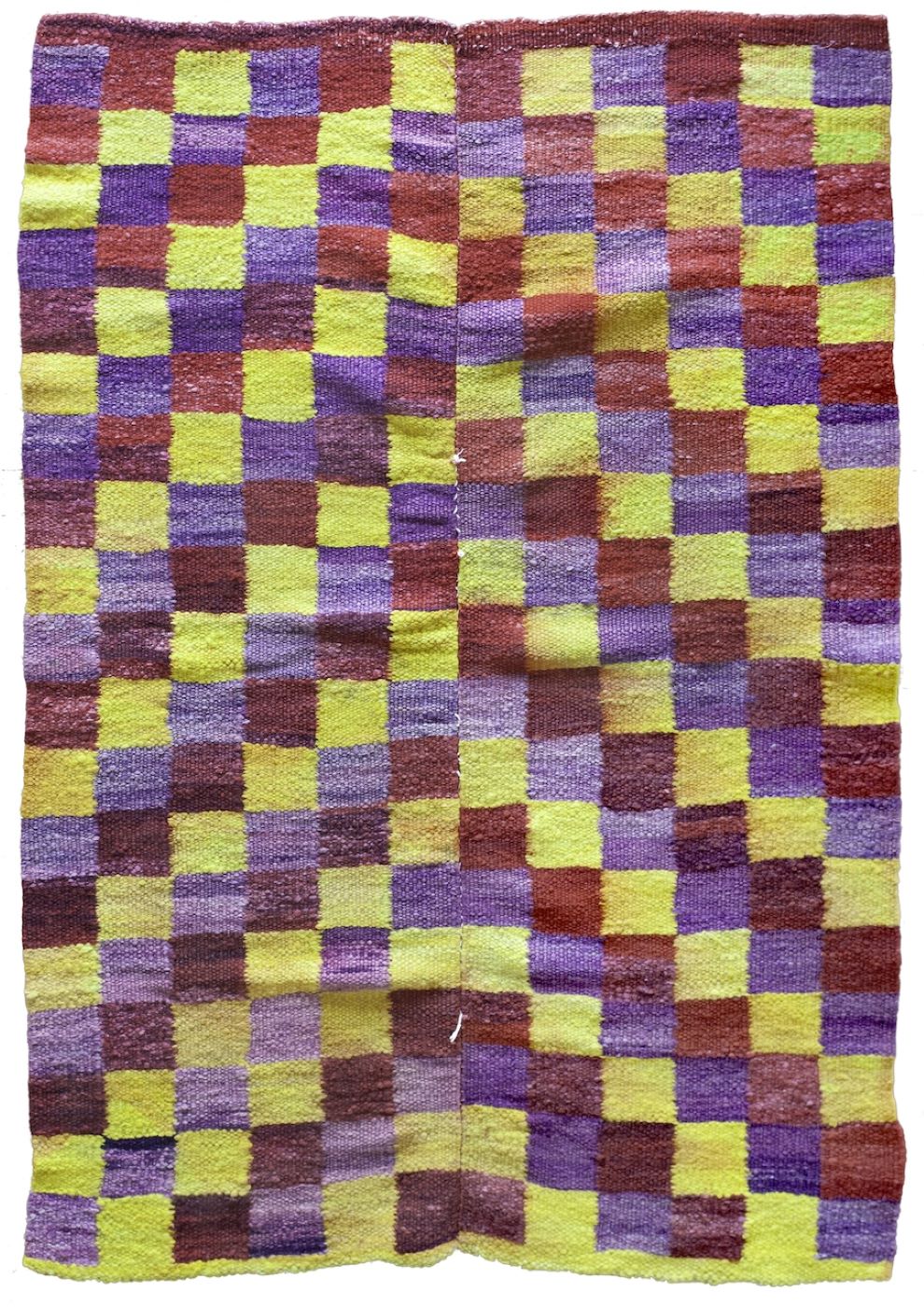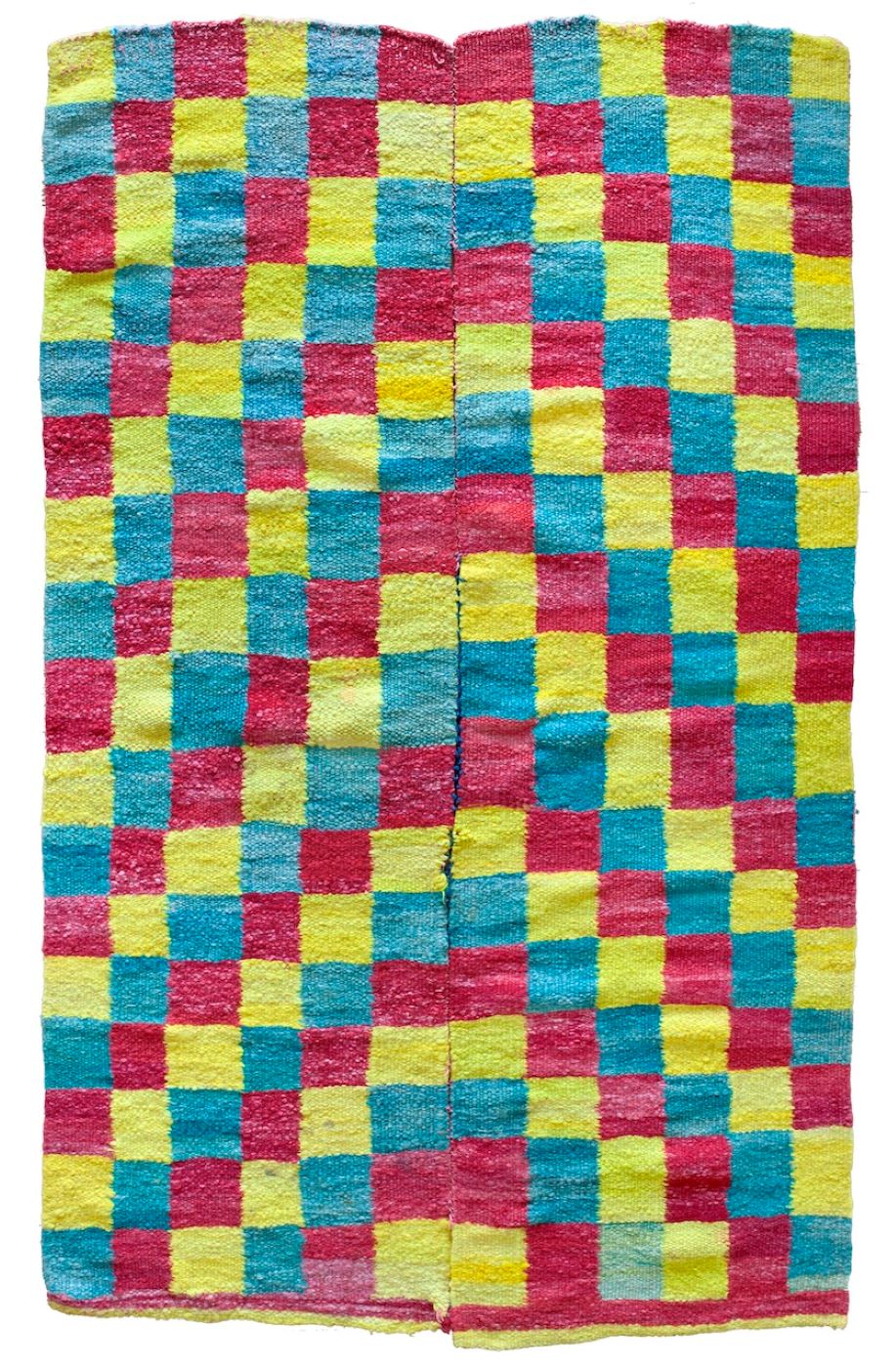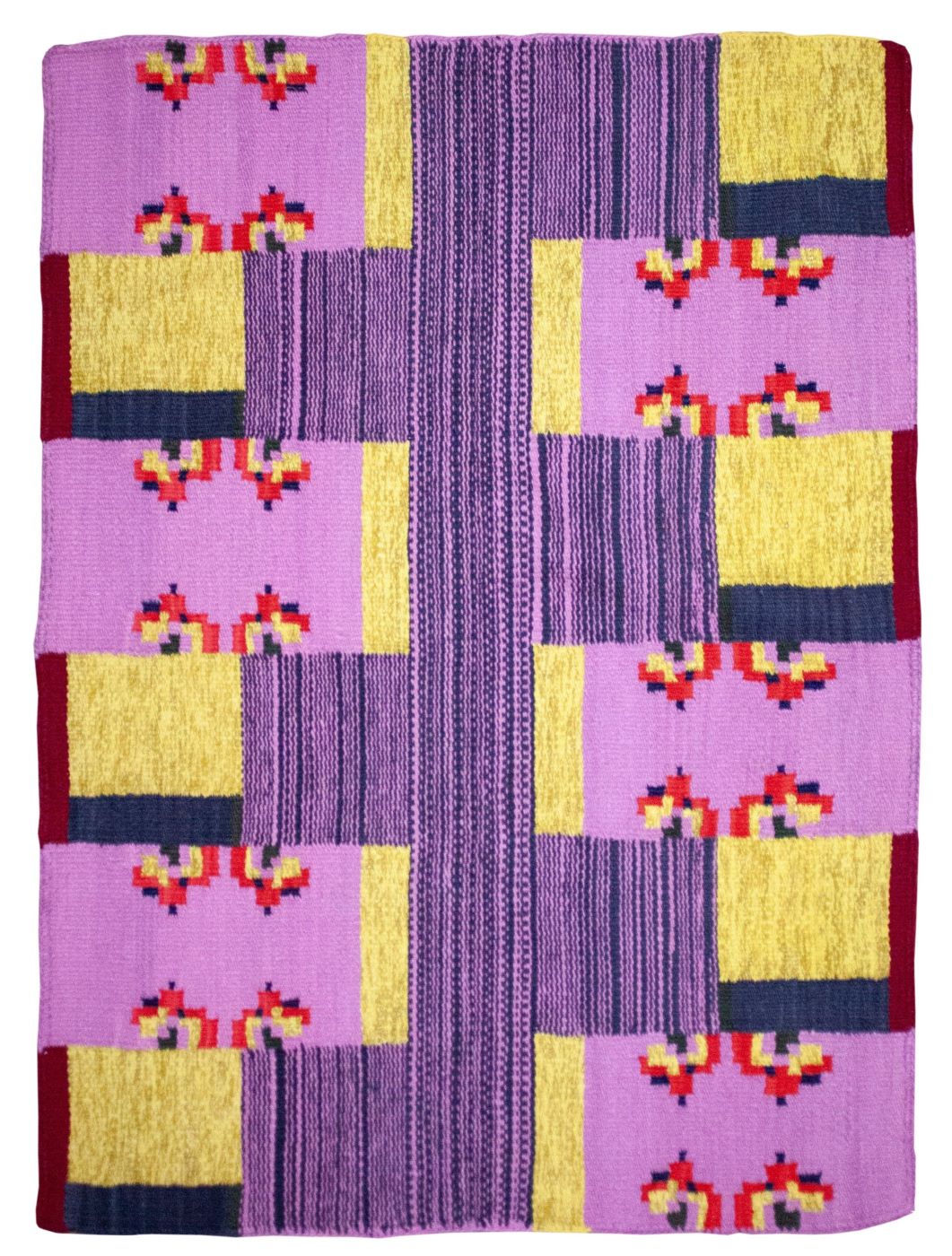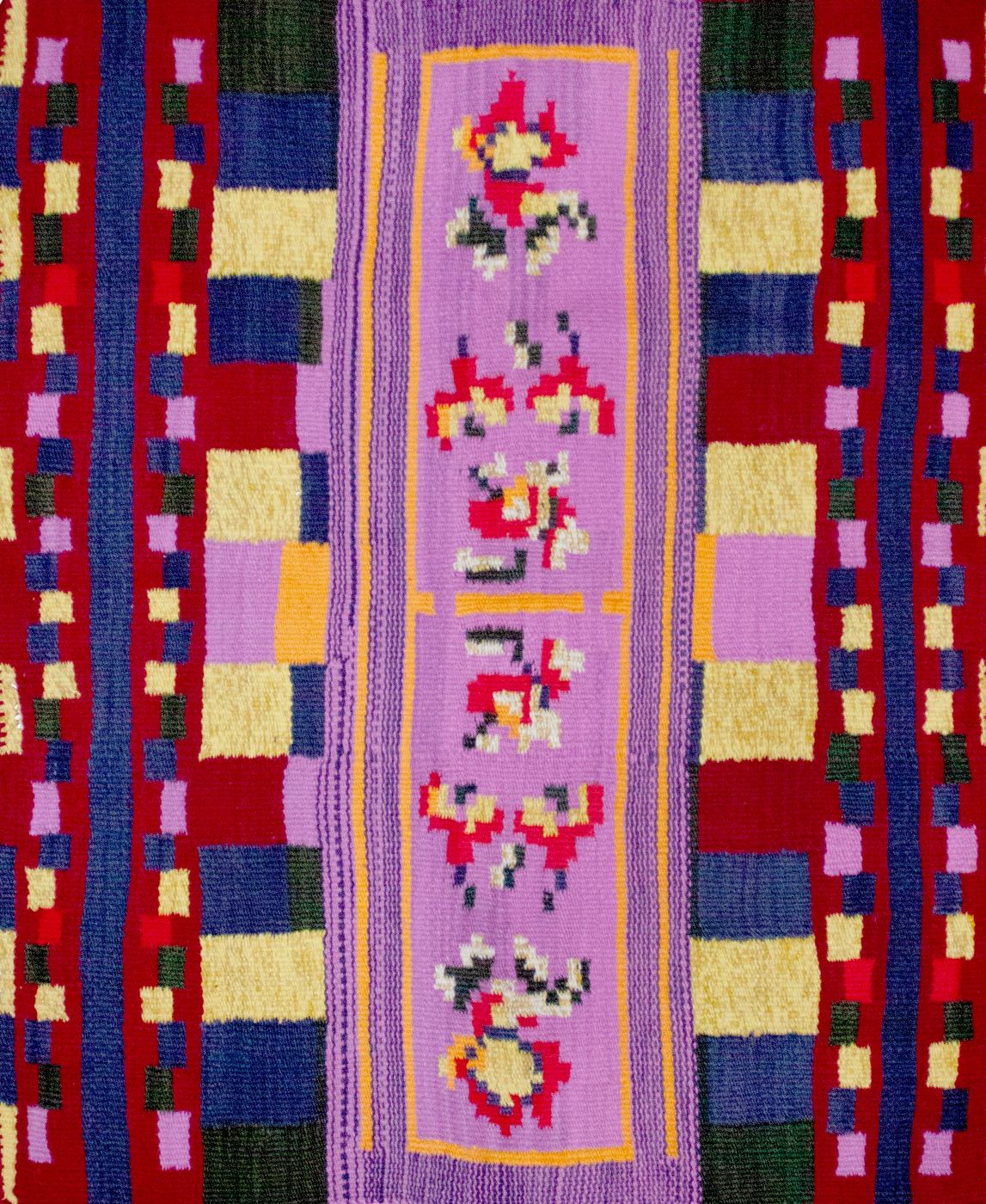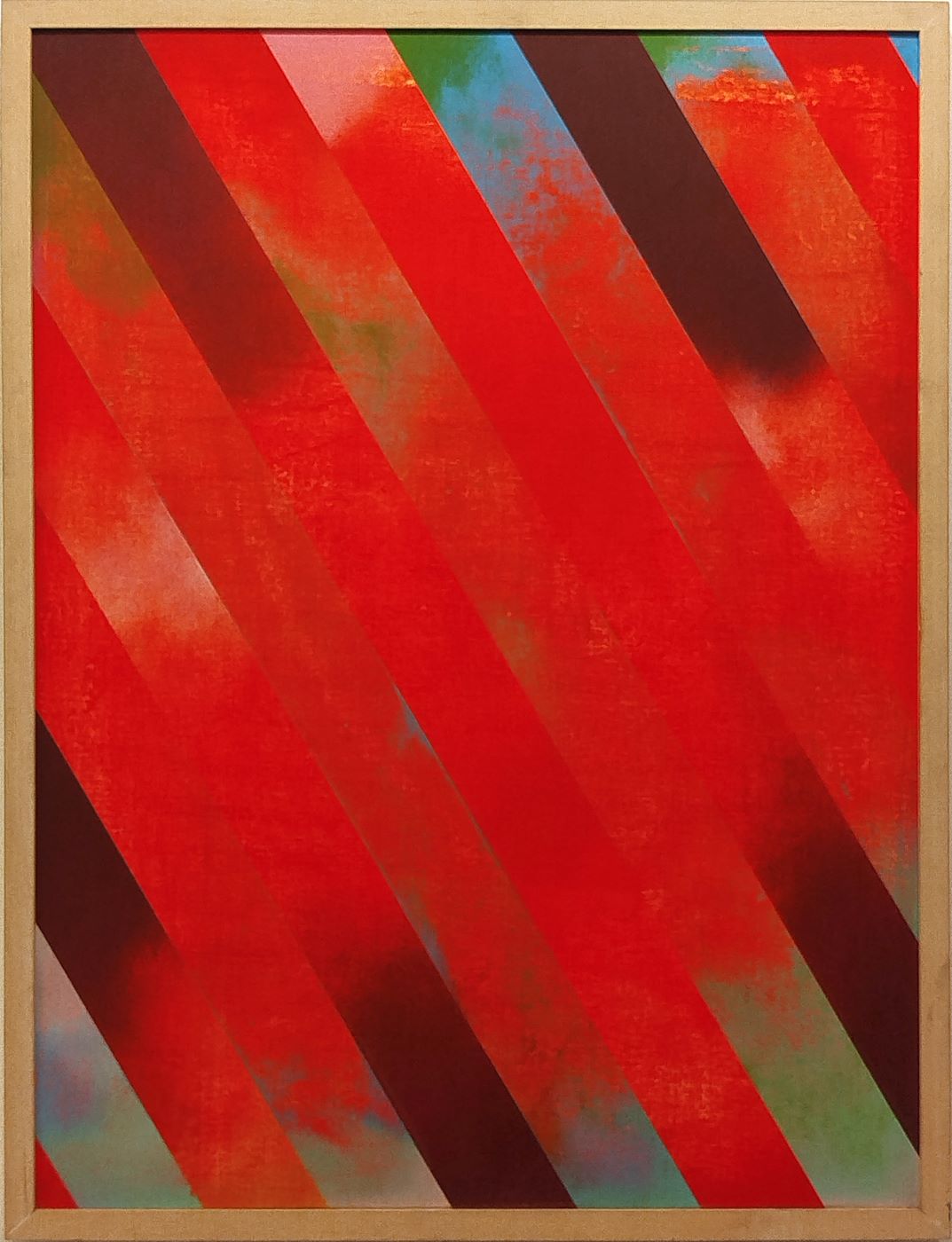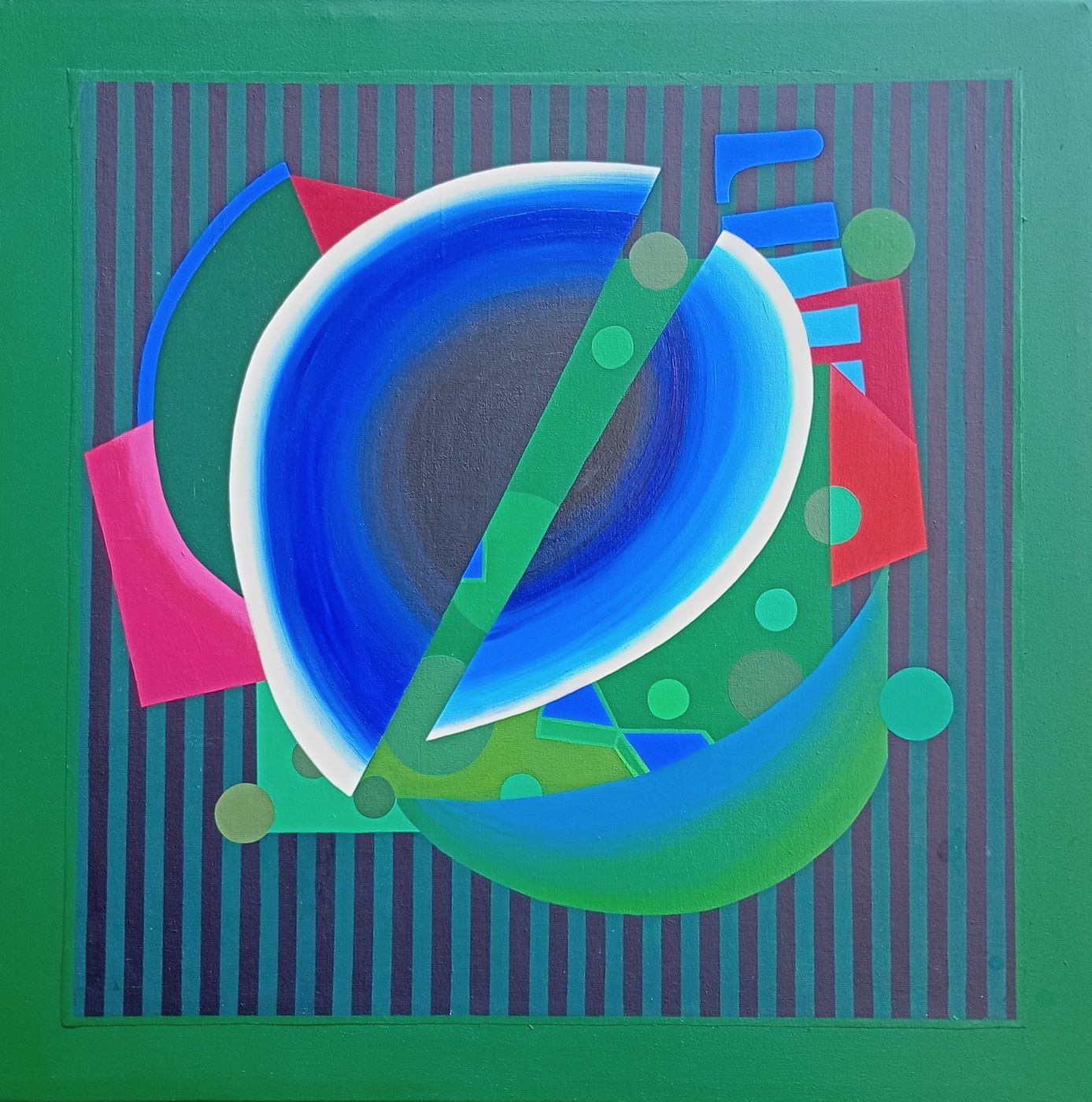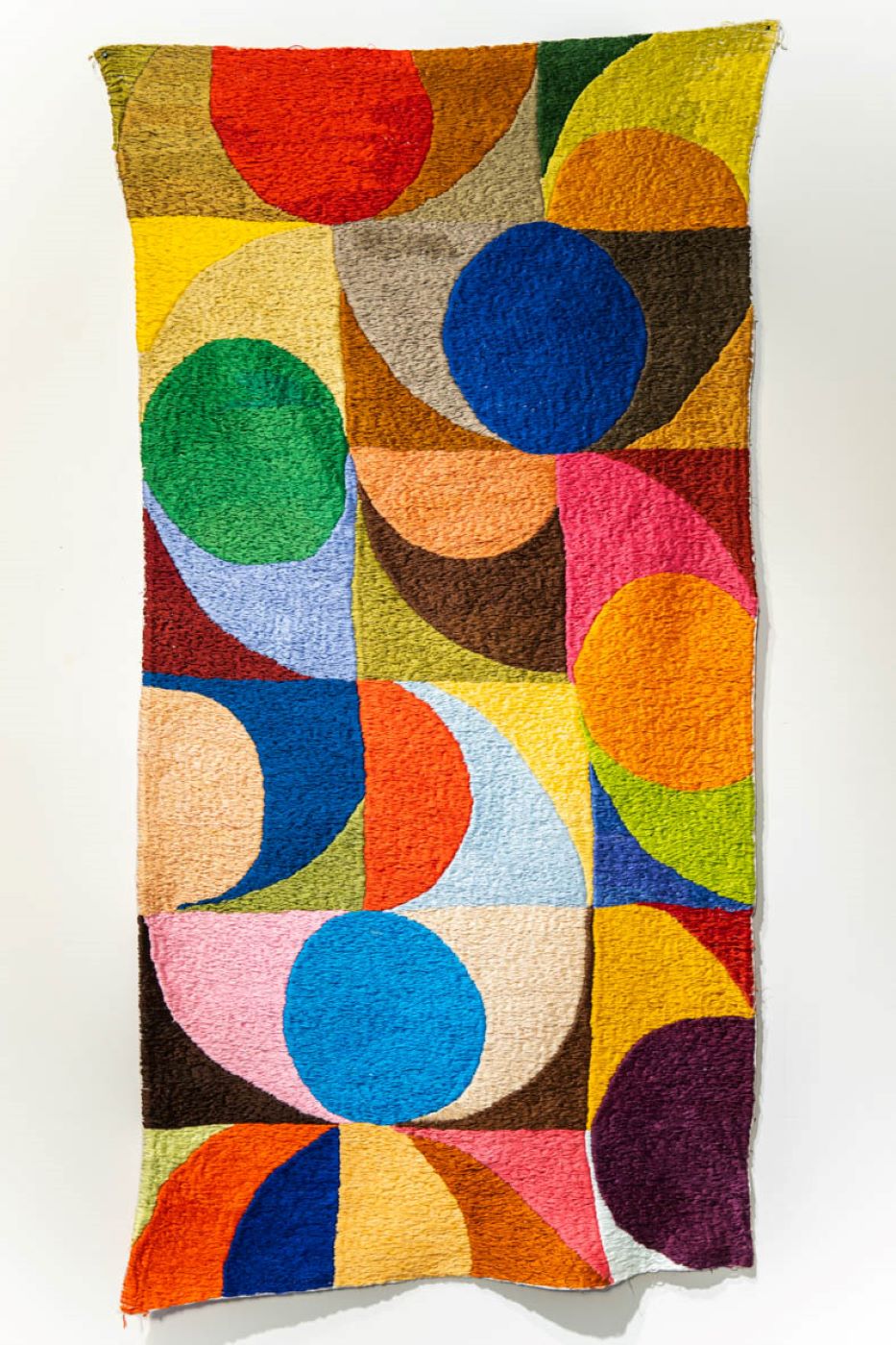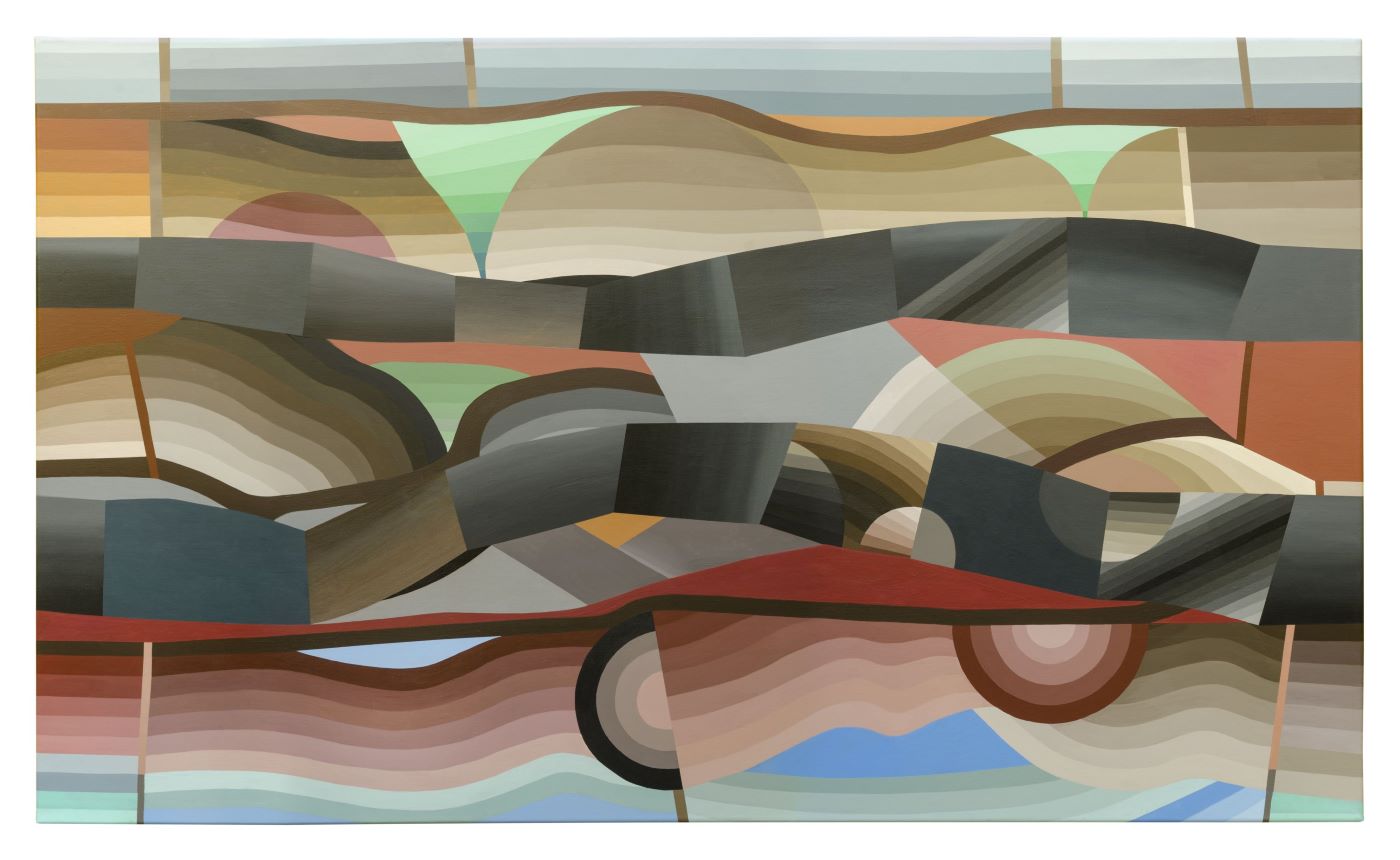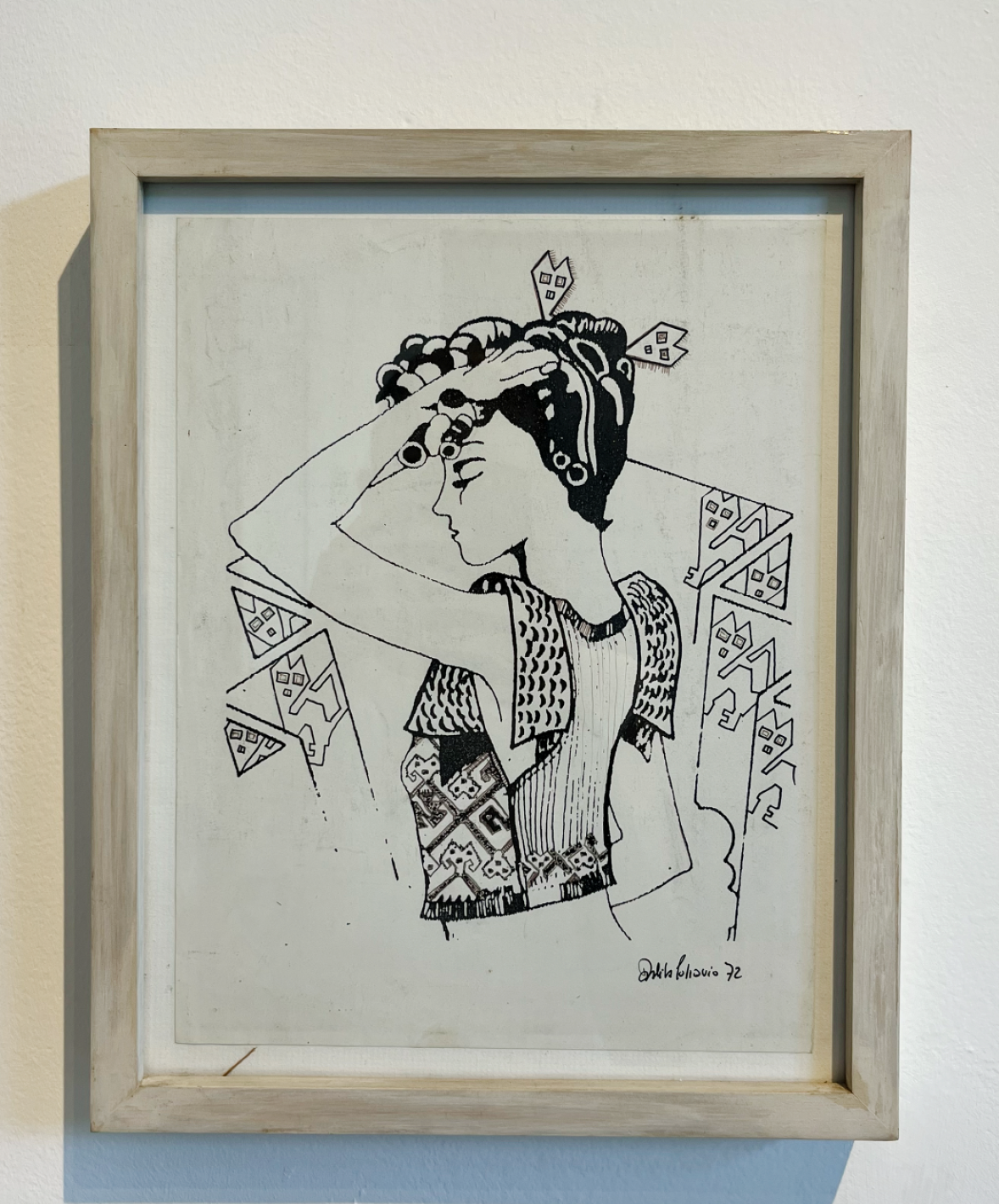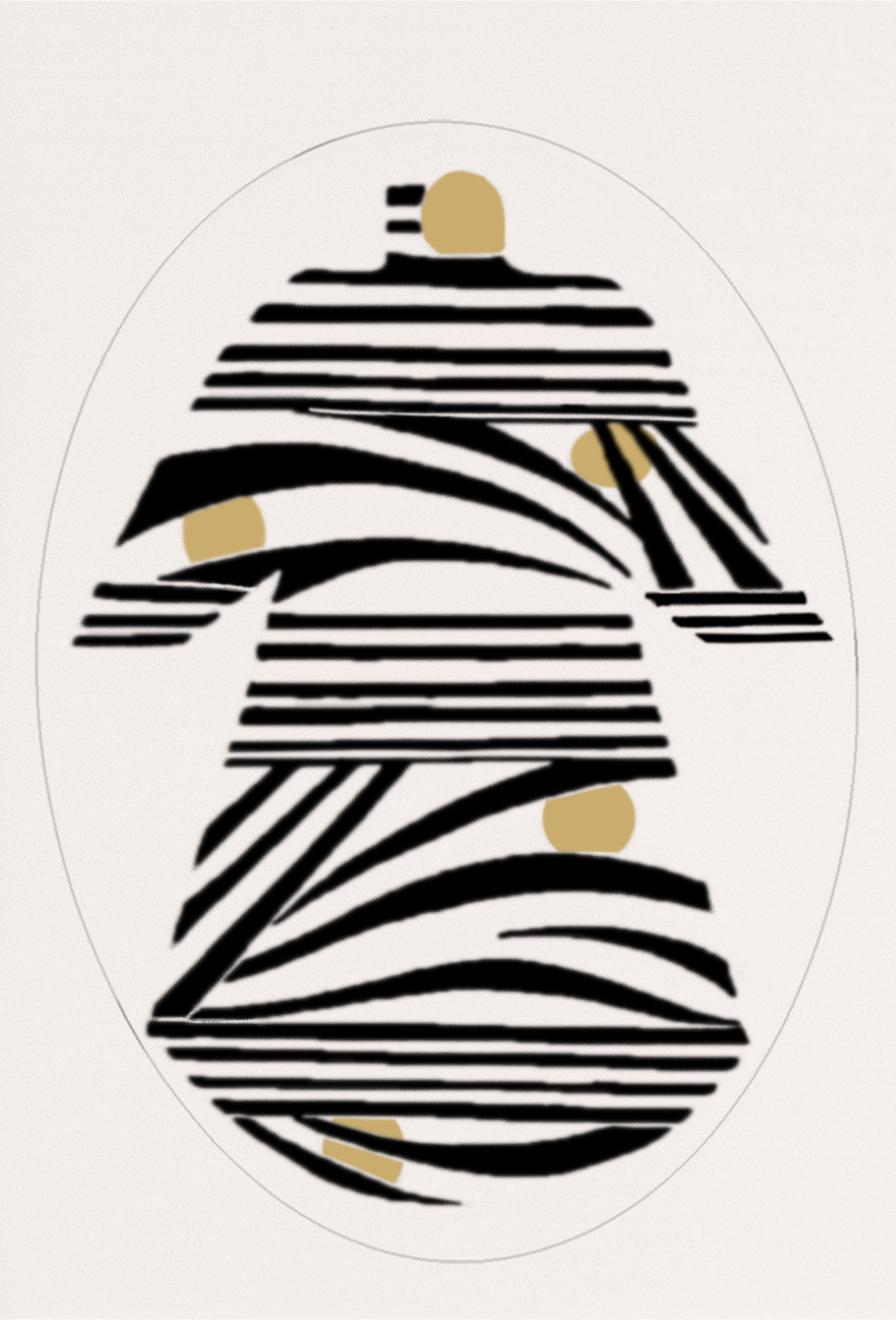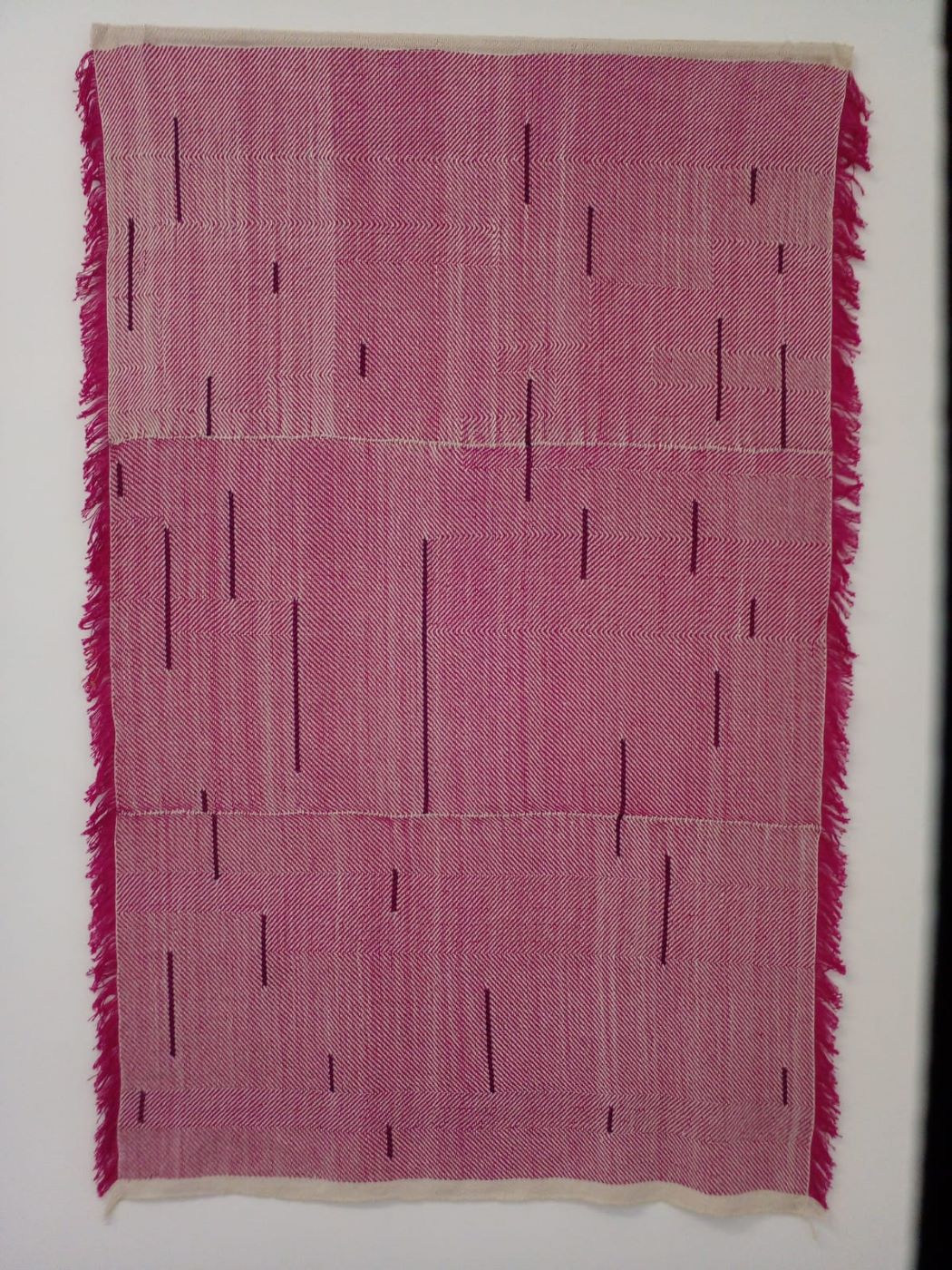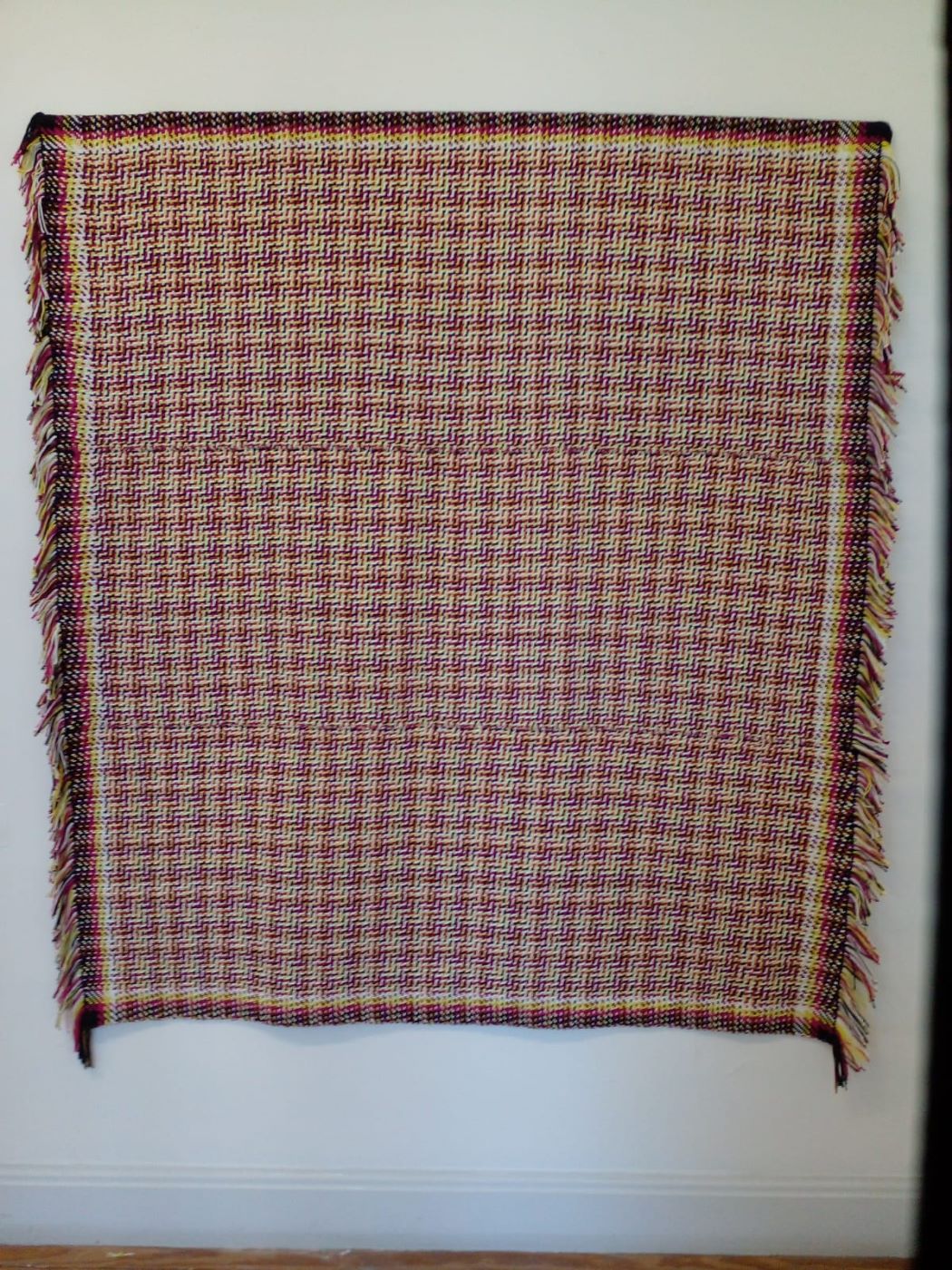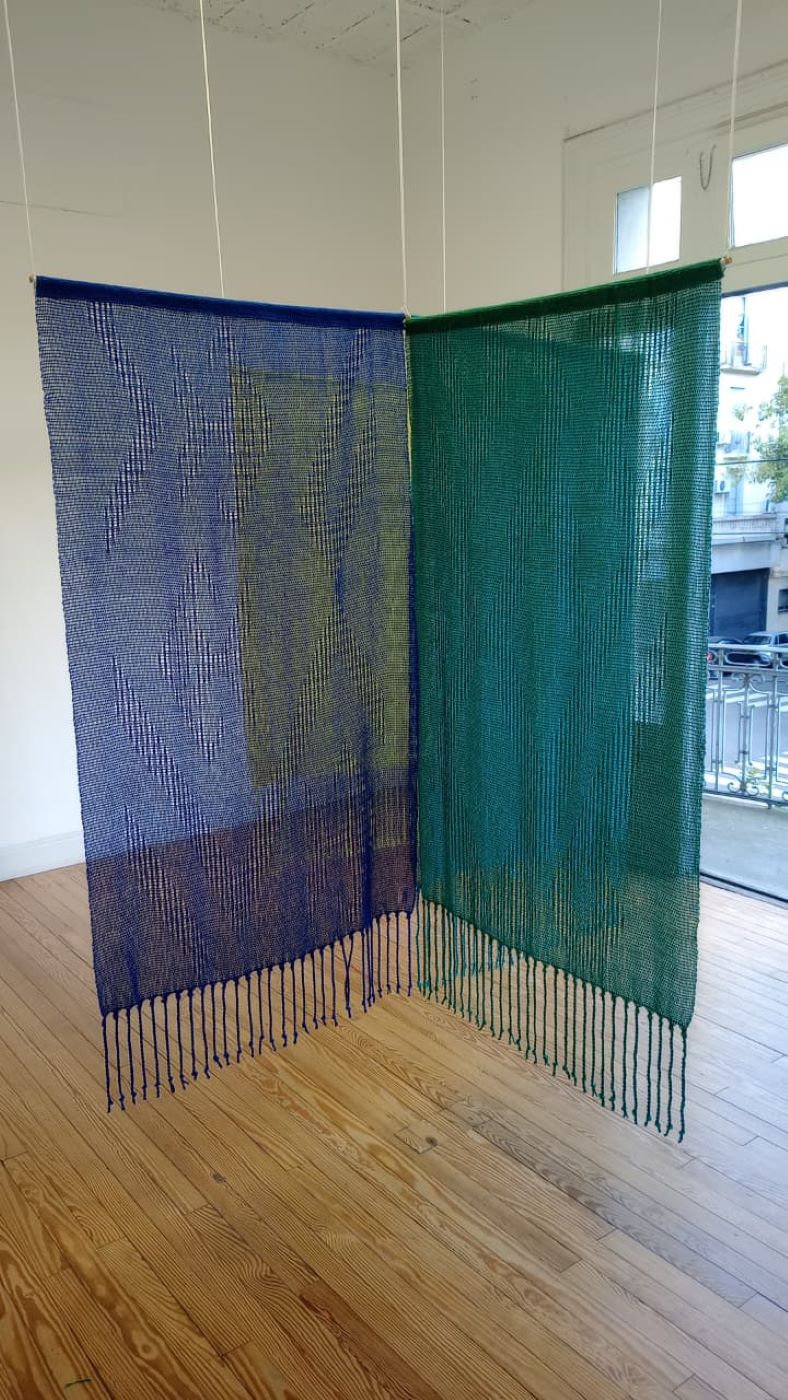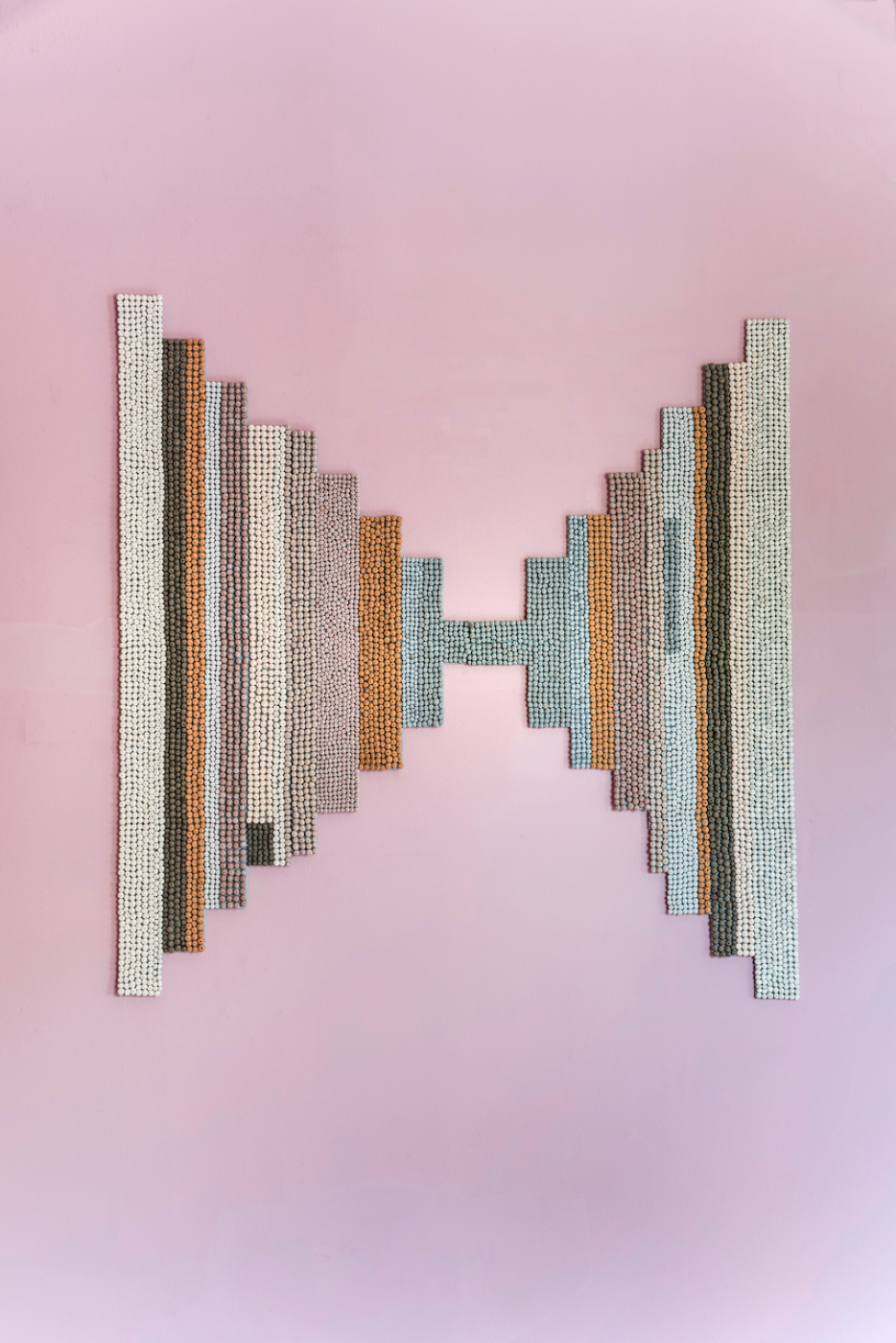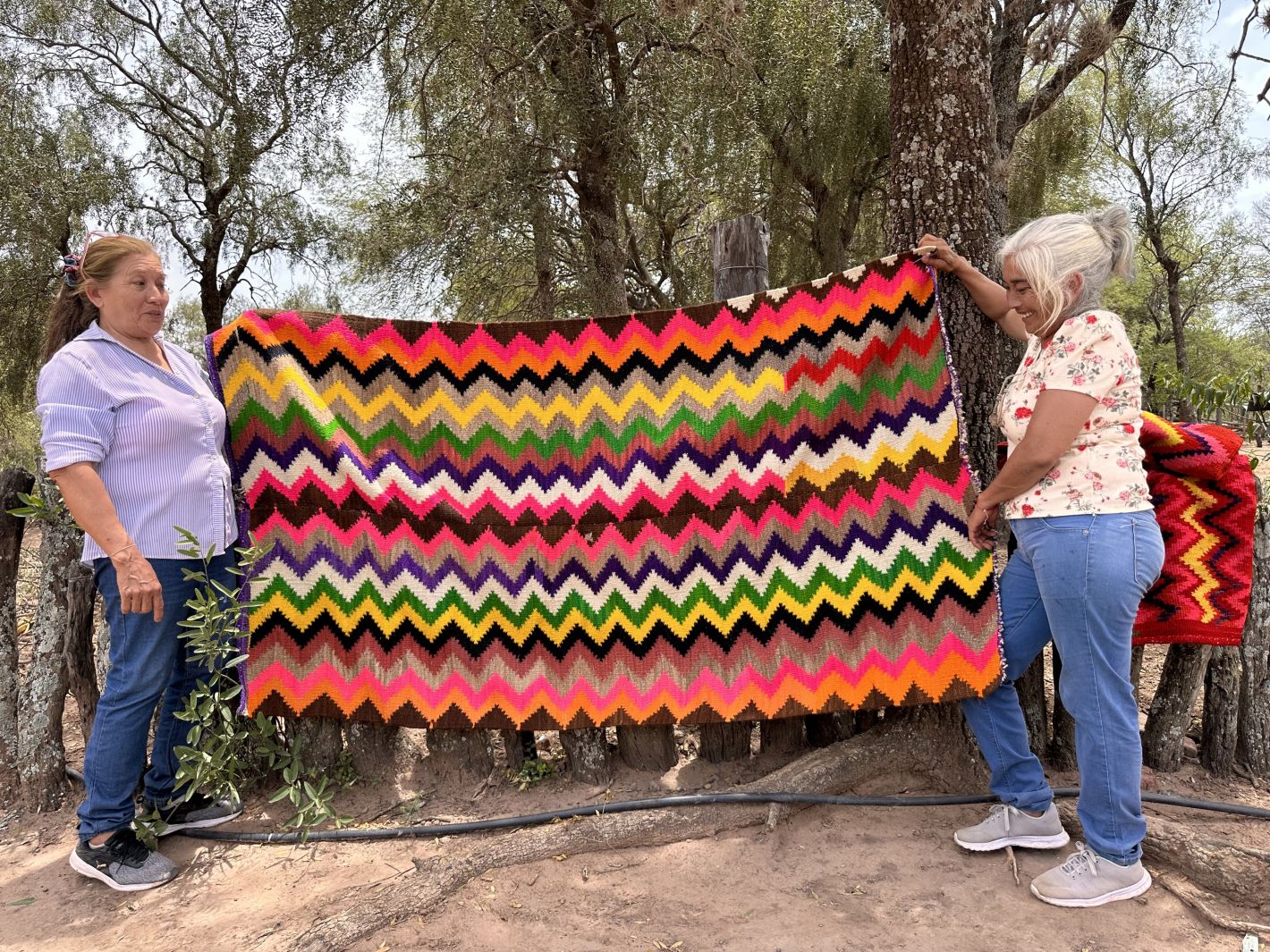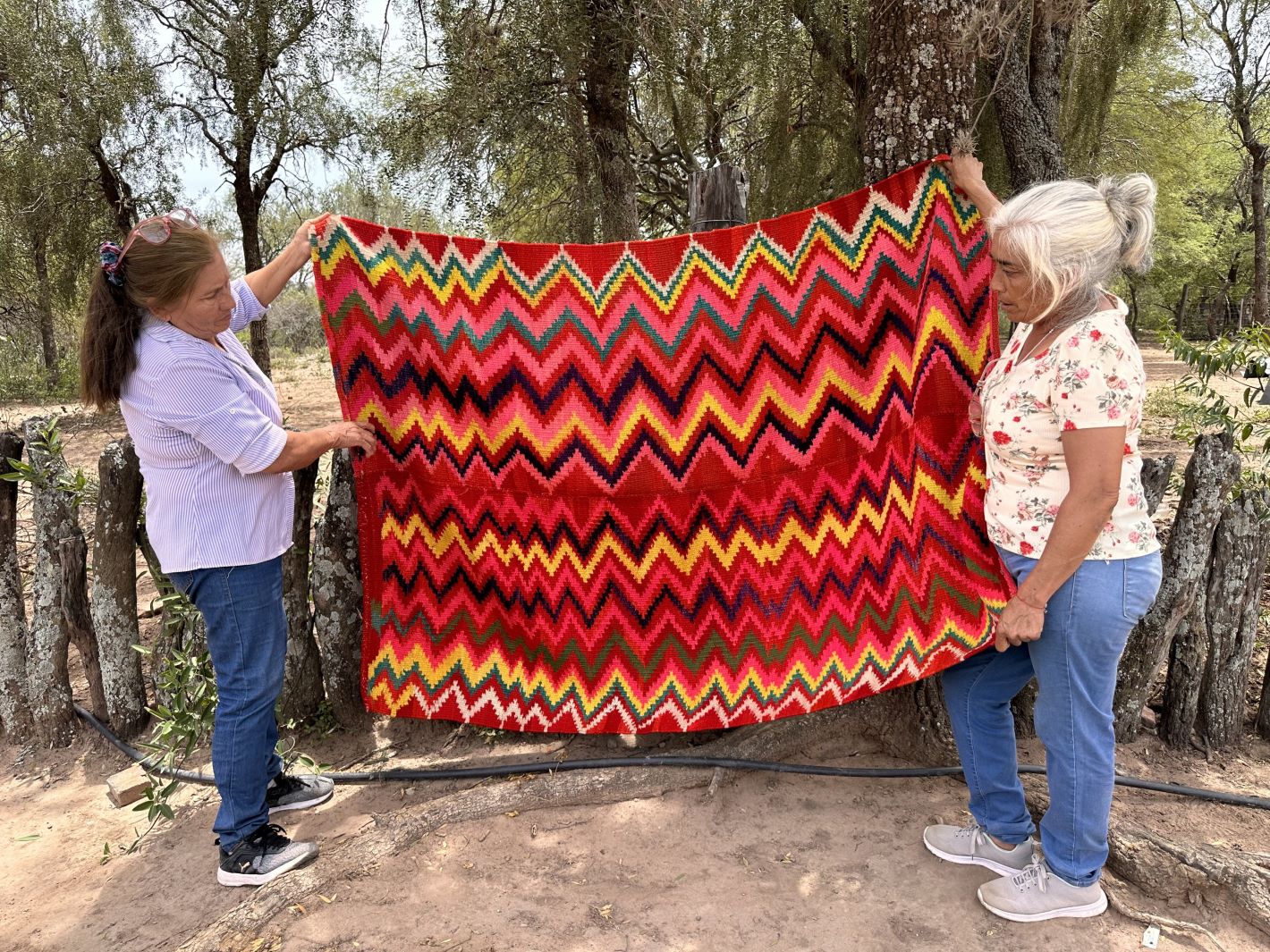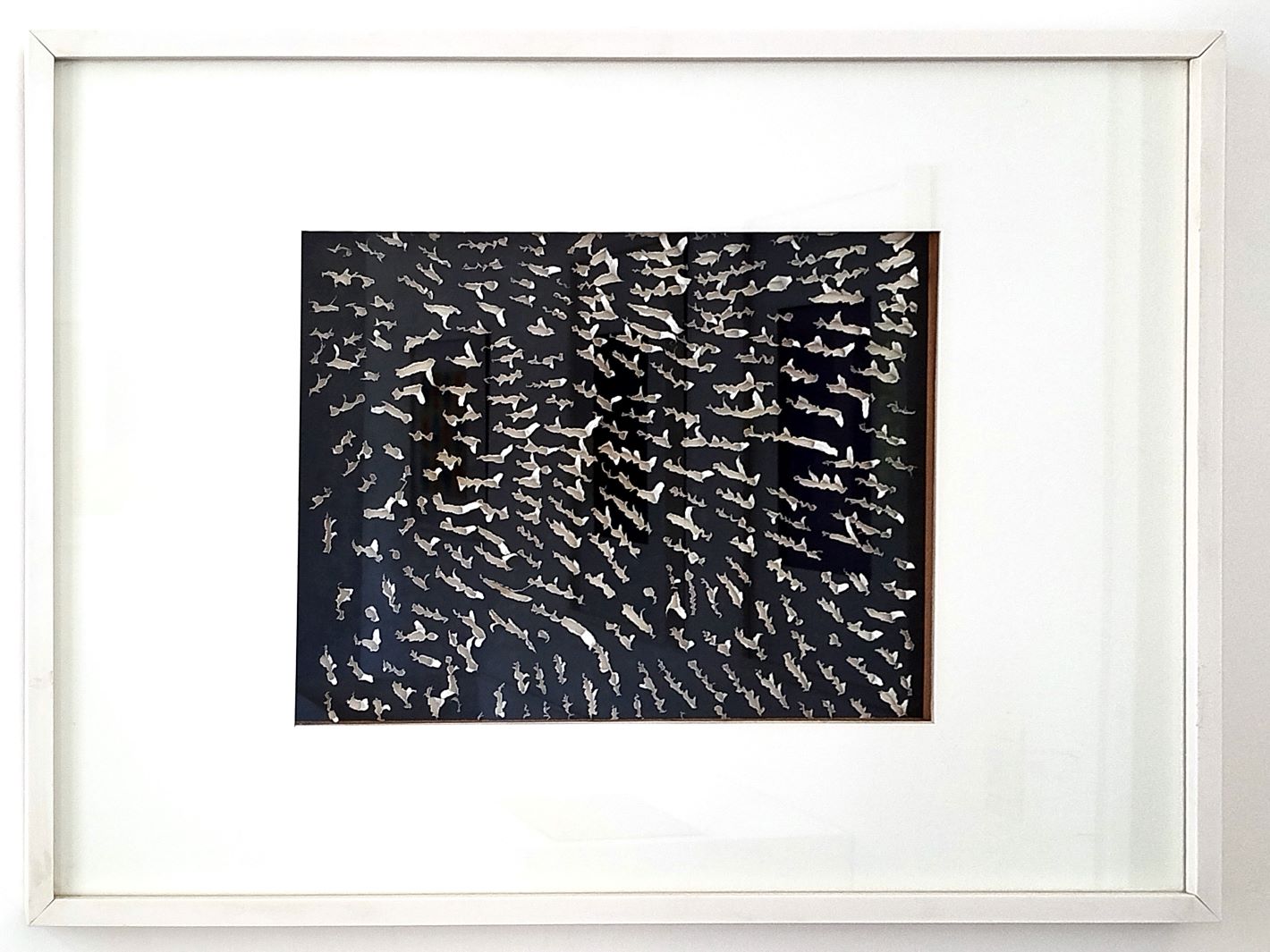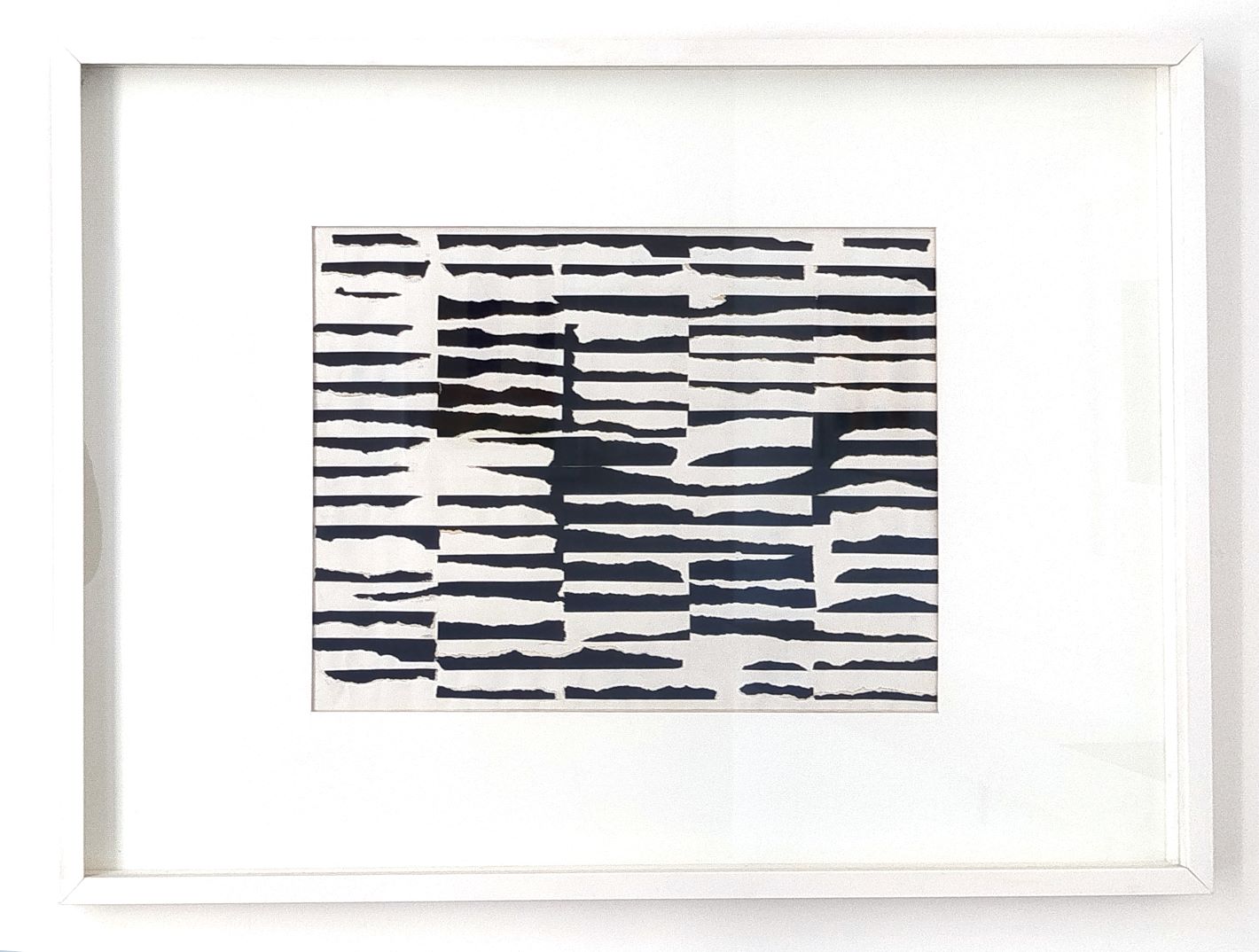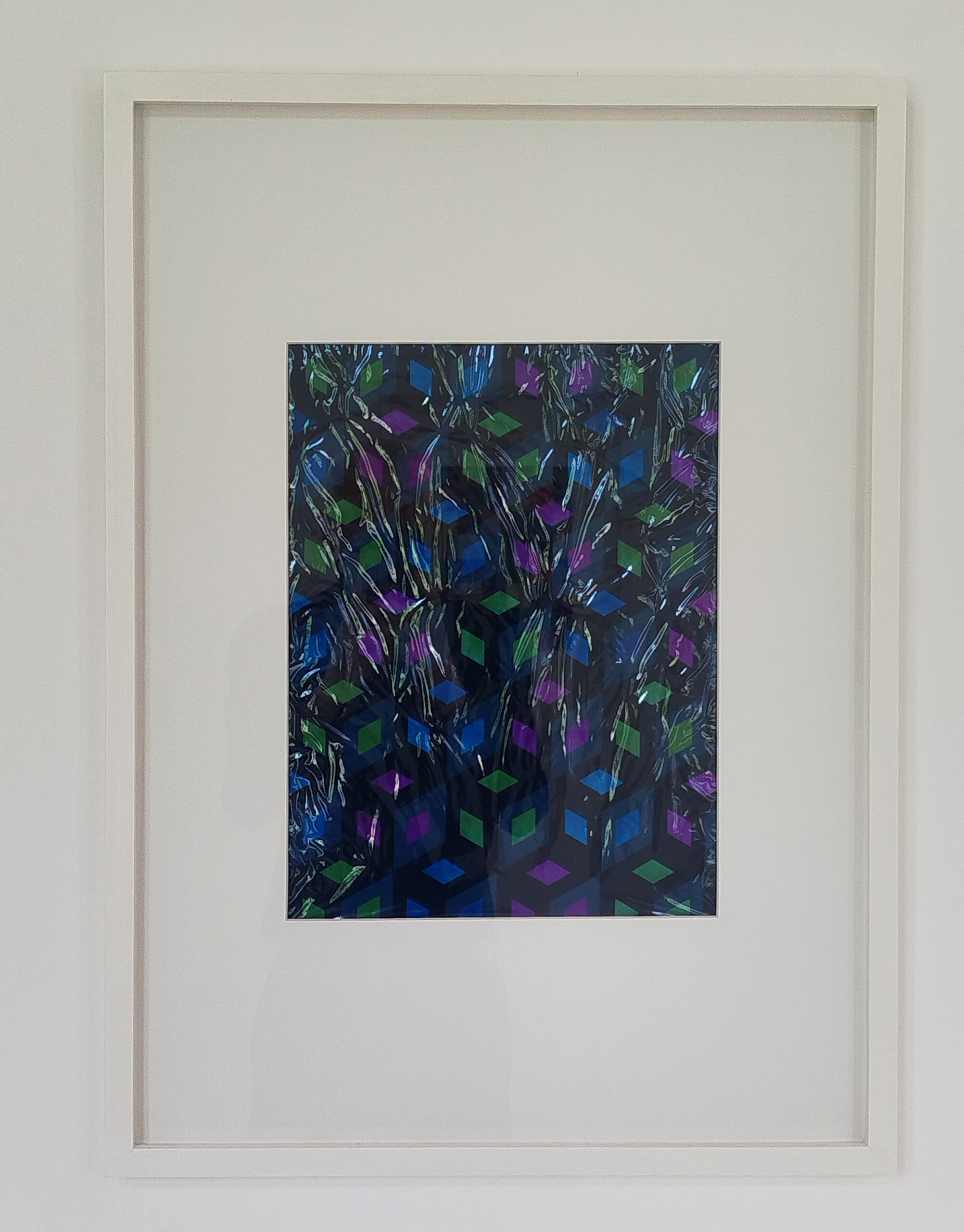Curator: Constanza Martínez
November 19th, 2025 – March 14th, 2026
INFO
DAMERO
Alfredo Londaibere | Ary Brizzi | Beto De Volder | Carla Gimbatti & Colectivo Proyecto Panal | Colección Renzo Galeano | Colectivo Labores del Monte | Cristina Rochaix | Dalila Puzzovio | David Lamelas | Elenio Pico | Federico Antelo Granero | Fernanda Laguna | Gracia Cutuli | Ines Raiteri | Julián Prebisch | Lalana Rugs | Manuel Ameztoy | Manuel Espinosa | María Silvia Corcuera | Pablo Insaurraldi | Sergio Avello | Veronica Ryan & Pilar Orellana, Irma Guzmán y Santos Guzmán | Yente
Curator: Constanza Martínez
November 2025 – March 2026
I am a weaver—that is, a craftswoman—and therefore I uphold a set of unpopular ideas. For example, I believe it is right to lose oneself in one’s work, to let go of self-awareness and, with it, the egocentrism we know so well in the subjectivity of the art scene, so heavily discussed and verbalized in recent years.
Anni Albers, Colloquium of the Associated Artists of Pittsburgh, 02–12–1964
Damero emerges from the idea of creating a shared space in which modern and contemporary art, craft, and textile design coexist. It unfolds through a dynamic visual play in which continuities and oppositions—each with its own specific functions—interweave.
The exhibition brings together works from these fields through pieces made by weavers, designers, and artists who privilege the handmade nature of their processes, aiming to construct images aligned with geometric abstraction. It also signals the arrival of new collecting agents, attuned both to the notion of the historical archive and to the contemporary art scene. At the same time, it offers a perspective on the trajectory of textiles within Argentine art. Along the way, I seek to trace alternative connections between art, geometry and the textile.
In the mid-1990s, Manuel Espinosa welcomed me into his studio and showed me his textile designs. They were his contribution to the First Hisisa Salon of Art Applied to the Textile Industry, held in 1967 alongside other major figures such as Ary Brizzi, David Lamelas, Rogelio Polesello, Martha Peluffo, Friedl Loos, and Anita Payró. The competition was divided into: A: Women’s Fashion; B: Intimate Apparel; C: Sportswear; D: Home Design. These artist-generated designs, conceived for textile industry use, enter into dialogue with Chancay-gauze designs by Dalila Puzzovio (1976) and Pablo Insaurraldi (2025). Both take as reference the schematics in Ruth Corcuera’s Gasas prehispánicas (1986), which play with Anni Albers’s notebooks (1970–80), re-woven by Manuel Ameztoy in 2025.
Another point of departure for the exhibition is the connection documented by art-historian Robert Hughes in Amish: The Art of the Quilt (1990), in which he formally links quilts made by that community to works by Frank Stella, Ellsworth Kelly, Sol LeWitt, Josef Albers, Victor Vasarely, Ad Reinhardt, and Kenneth Noland. Hughes notes that the quiltmakers—anonymous women who do not consider themselves artists in the traditional sense—nonetheless display a compositional and chromatic sensitivity comparable to the most celebrated names in North American geometric abstraction. He suggests that this textile tradition offers an ethical and aesthetic alternative to an art world dominated by individualism and commercialization. He also stresses that anonymity and the absence of signatures reinforce the idea of collective creation: art without ego, without market, without spectacle. The formal analysis of these quilts—the repetition of squares, chromatic austerity, and geometric precision—reveals a visual discipline that converses directly with Minimalism, though born of a completely different lineage.
Our own damero is composed of modules that function as units of meaning. In 1967, at the same time as the Hisisa prize, Sonia Delaunay wrote a letter to her assistant in Buenos Aires (whose granddaughter would become my student around 2020) recounting the journey of her works through Argentina. This letter intertwines with works by Alfredo Londaibere, Beto De Volder, Inés Raiteri, Cristina Rochaix, and with Fernanda Laguna’s embroidery placed alongside a baetón—a weft-faced weaving technique emblematic of Santiago del Estero—by an anonymous maker.
The work of the celebrated Gracia Cutuli brings these disciplines together within what, beginning in the 1960s, came to be known as Textile Art—a field that equalized European tapestry traditions with Creole and pre-Hispanic techniques and with geometric abstraction.
The idea of the weave—and of potentially infinite repetition — underlies all the works in this selection. It appears in the paintings of Manuel Espinosa (1979) and Sergio Avello (1999 and 2006); in the murals of Carla Gimbatti and the collective Proyecto Panal; in the prints of Antelo Granero; in the branch sculptures of Julián Prebisch; in the fashion illustrations of María Silvia Corcuera; in Alfredo Londaibere’s letter-based compositions; and in the intervened jacquards of illustrator Elenio Pico and in the screen-printed ikats by Verónica Ryan, woven by Pilar Orellana, Irma and Santos Guzmán.
The notion of a unit of meaning that generates a grid, just as the rapport—the module that repeats across the length and width of a fabric—does, is ultimately a metaphor for infinity, perhaps humanity’s first expression of this idea. In its persistence, the pattern never exhausts itself: it multiplies, unfolds, and opens toward the unfinished. As in weaving, where a design may continue beyond the edge of the loom, the damero proposes a mode of thought that exceeds the frame, insisting on the possibility of the unlimited within the finite.
Constanza Martínez
Constanza Martínez is an art historian (University of Buenos Aires) and a postgraduate professor at FADU–UBA. She is advisor in the textile field for Fundación IDA (Foundation for Research in Argentine Design). For more than thirty years, she has devoted herself to design, teaching, and specialized research in textiles.
Acknowledgements:
Ana Espinosa, Bárbara Brizzi, Florencia Cherñajovsky, Liliana Crenovich, Constanza Vicco, Santiago Bengolea, Isabel Malamud, Fundación IDA, Colección Espinosa,Herlitzka & Co, MCMC Galería, Roldán Moderno, Galería Cecilia Caballero, Galería Tramo, Ungallery.


